The Ryder Cup That Wasn’t
Pinehurst 2004
2004 Ryder Cup That Wasn’t
By Lee Pace
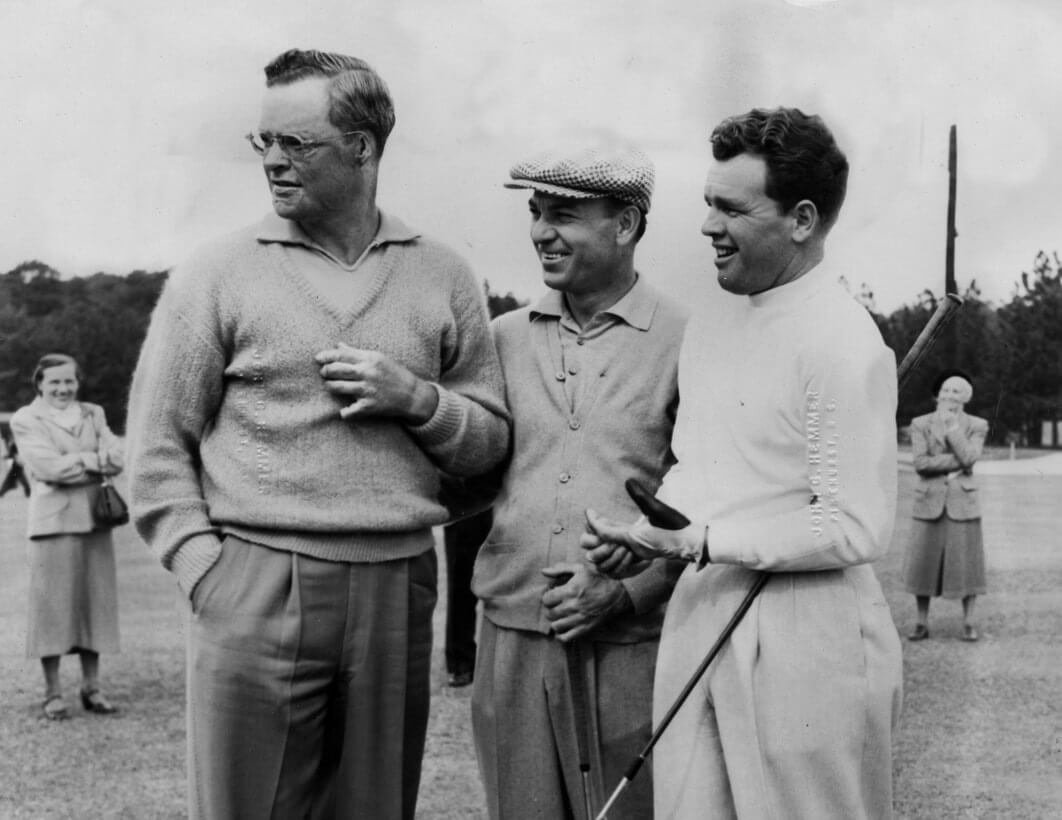
With the 2023 Ryder Cup on tap for later in September in Italy, it’s fun and perhaps a bit revealing to hark back to Pinehurst’s two Ryder Cups — the one in 1951 that did happen as everyone knows about and the one in 2004 that did not happen that hardly anyone knows about.
Of the former, you’ve probably read that Pinehurst No. 2 was the venue for the biennial match pitting top pro golfers from the States against the best from Great Britain and Ireland (that team expanding to include all of Europe in 1979). As competitions go, it was rather a snore. The Americans had Ben Hogan, Sam Snead and Jimmy Demaret. The GBI team featured a nice phonetic lilt with Arthur Lees and Dai Rees but not much more. The Yanks won in a landslide, 9.5 to 2.5.
Fast forward nearly half a century to the late 1990s.
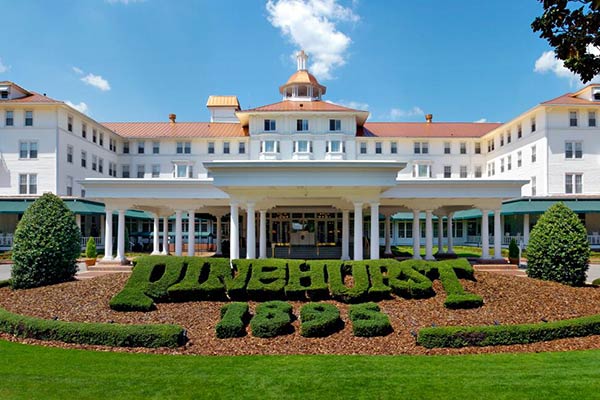
Pinehurst Resort & Country Club by then had been under the stewardship of Robert Dedman and his Dallas-based ClubCorp for nearly 15 years, and Dedman and chief lieutenants Pat Corso (president and CEO) and Don Padgett Sr. (director of golf) had ushered the club and its renowned No. 2 course back onto the front page of the national golf hierarchy. The last decade of the 20th century had seen the club host two successful PGA Tour Championships, one U.S. Senior Open and the 1999 U.S. Open, won in pulsating fashion by Payne Stewart on the last stroke of the championship. The golf course was outstanding — one-under-par won the title — and the village, Moore County and the state of North Carolina heaped the proceedings with oodles of sponsorship cash, manpower and energy.
“Perfect,” said Stewart, who lost his life three months later in a plane crash. “A perfect way to win. I think everyone in the field will attest to how great No. 2 is, what a special place this is. To win here means a lot to me.”
Corso and Padgett had no idea in the run-up to the event that the ’99 Open would turn out so well, and they knew that one successful Open might mean another championship 10 to 12 years down the road. Throughout the ’90s, they were casting about for other significant opportunities to keep the Pinehurst and No. 2 names in the nation’s ongoing golf conversation.
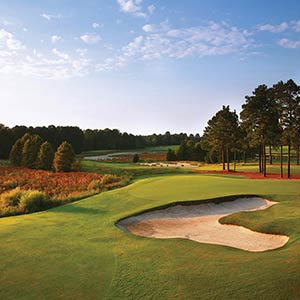
“We thought to stay in the public eye and keep moving the business forward, we needed to have events every two or three years,” says Corso, who ran the resort from 1987-2004. “Padge and I never ever believed we could wait 10 years for another Open.”
Padgett’s roots and allegiances were with the PGA of America, which owns and runs the Ryder Cup. He was a long-time club pro in Indiana and had risen the service ranks of the PGA, becoming a national officer in the early 1970s and president in 1977-78. Padgett was in a tight circle of PGA officials who, with the support of Jack Nicklaus, correctly saw the Ryder Cup had become lopsided through the 1970s and made the decision after the 1977 match to expand the Great Britain/Ireland team boundaries, giving it access to European stars-in-the-making like Seve Ballesteros of Spain and Bernhard Langer of Germany.
Those were the credentials that Padgett brought when he became director of golf at Pinehurst at the age of 62 in 1987, and was charged by Dedman and Corso with giving the resort the guidance, ideas and connections it needed to further the Pinehurst cause in top golf circles. Pinehurst forged new relationships with the USGA for its 1989 Women’s Amateur and with the PGA Tour with the 1991-92 Tour Championships. And it was Padgett’s initiative that brought the PGA Club Pro Championship to Pinehurst in 1988 and again for a two-year run at the new No. 8 course in 1997-98.
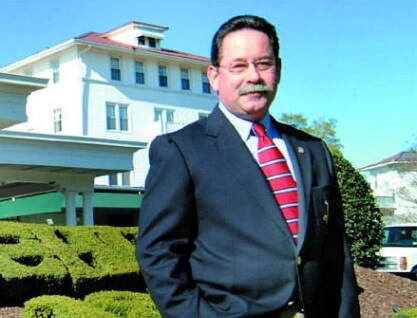
“We were kind of on a dual path,” remembers Corso, who retired in 2021 as executive director of Moore County Partners in Progress. “At that time, we hadn’t actually conducted an Open yet. There was one relationship with the USGA and another with the PGA. We had no idea which way it was going to go.”
Part of the master plan for the 1997-98 Club Pro commitment was to continue to show the trade association for the nation’s club pros and instructors that Pinehurst could be an ideal venue for another Ryder Cup — even a half-century after 1951. Corso invited N.C. Governor Jim Hunt to a dinner the week of the 1998 Club Pro, where Jim Awtrey, the CEO of the PGA of America, would be attending.
“The governor dropped everything and came at the last minute,” Corso remembers. “He sat on one side of Jim Awtrey and I sat on the other. The governor was great. He was very passionate in telling Awtrey that this state wanted the Ryder Cup and asked what he could do to help.”
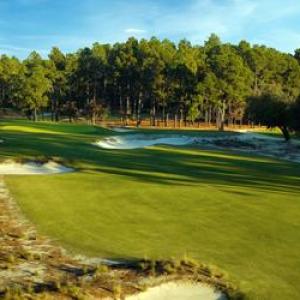
By 1998, Pinehurst had shown that the state’s corporate community would support a major golf championship. With leadership from its Governor’s Council — a blue-ribbon group of key business executives from across the state — Pinehurst had sold a record number of corporate sponsorships well in advance of the ’99 Open. The club had rebuilt the greens on No. 2 in 1996 with the top-echelon bent grass and a modern drainage system to ensure the greens would remain firm any time of the year.
It was all enough to convince the board of the PGA in the summer of 1998 that No. 2 would indeed be a terrific Ryder Cup venue for 2003, and Padgett got the good news from Will Mann, at the time the PGA’s president, who was backed by vice president Jack Connelly, secretary M.G. Orender and honorary president Ken Lindsay.
“It was all set and agreed upon,” says Don Padgett II, speaking for his father, who died in 2003. “The PGA board said, ‘We want to come to Pinehurst.’ Dad told everyone [at the CCA corporate office] in Dallas it was a done deal.”

Unfortunately for Pinehurst, Awtrey had other ideas. Unbeknownst to the board, he negotiated deals with Oakland Hills in Detroit and Valhalla in Louisville for future Ryder Cup and PGA Championship dates — Oakland Hills getting the 2003 Ryder Cup and 2008 PGA, and Valhalla the 2007 Ryder Cup. (The Ryder Cup was subsequently set back one year following the matches’ postponement in 2001 because of 9/11.) Awtrey informed the board at a meeting in Chicago and left Mann, at the time the owner of a golf course in Graham, N.C., with the uncomfortable task of backtracking with Padgett.
“Financially, the package was so strong that it was the right thing for the association,” Padgett II says of the deal with Oakland Hills and Valhalla. “But none of the officers knew anything about it. The staff had not given them a heads-up, they went into that meeting blind.
“In Dad’s career, it was the probably the most heartbreaking thing for him. He’d worked successfully with the Tour and with the USGA. And then the organization he’d given his professional life to was the one that let him down. Not too many things bothered him like that.”
“Padge had such a great love for the PGA and affinity for the club pros,” Corso adds. “To have that happen really, really sucked the air out of his sails for a while.”
But not for long. Later that fall, Padgett Sr. was ruminating on the falling dominoes and found a bright spot.
“Some people say Pinehurst lost out,” Padgett Sr. said. “I’m not so sure but that the PGA lost out.
“I’d say this gives Pinehurst the opportunity to continue aligning itself with the USGA and its championships. Maybe the Open comes back to Pinehurst sooner than it would have. Maybe Pinehurst gets a U.S. Amateur. Maybe the Walker Cup. I personally believe Pinehurst would be a terrific place to hold the Walker Cup.”
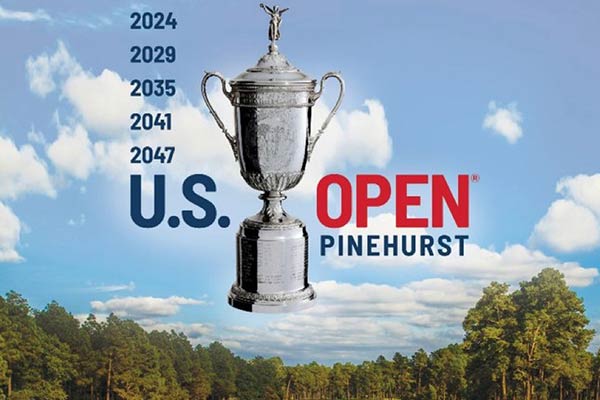
Indeed, the die was cast. Within eight months of the Payne Stewart Open, the USGA announced it was returning in 2005. Now over two decades, Pinehurst has hosted a slew of USGA events — the 1999, 2005 and 2014 Opens; the 2008 and 2019 U.S. Amateurs; the 2014 Women’s Open; and the 2017 Men’s Amateur Four-Ball. The Open returns in 2024, and the USGA announced in September 2020 it was committing to four more Opens on No. 2 through 2047 and would establish Golf House Pinehurst as a co-headquarters operation, along with its long-standing facility in Far Hills, N.J.
And the third weekend in September 2004 was just another fall golf holiday at Pinehurst as the pros fought it out hundreds of miles away in Detroit. The European team handily dispatched an American squad remembered for the ham-handed leadership of captain Hal Sutton and a dysfunctional pairing of Tiger Woods and Phil Mickelson.
No one knew it at the time back in 1998, but it would all work out fine for everyone involved.
Read about The Ryder Cup That Was — Pinehurst 1951
Lee Pace has written four books on the history of golf at Pinehurst and has covered golf in the Sandhills for more than three decades. His most recent book is “Good Walks—Rediscovering the Soul of Golf at 18 Top Carolinas Courses.” The book is available from UNC Press and read more about the Walking Culture of the Sandhills.
Other Blogs
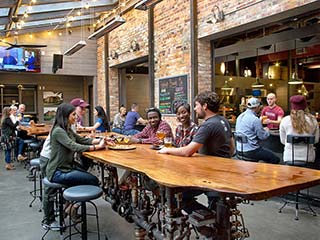
10 Great Things To Do
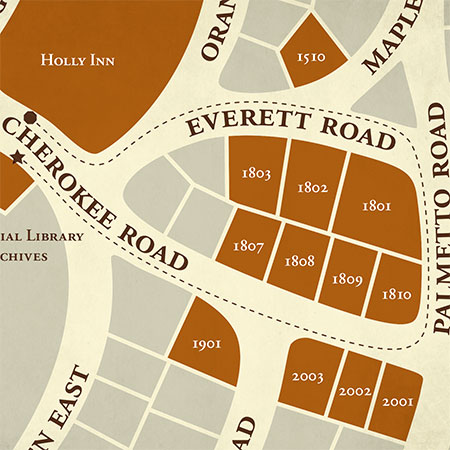
Discover The Path To Pinehurst’s Past

Insider Golf Tips
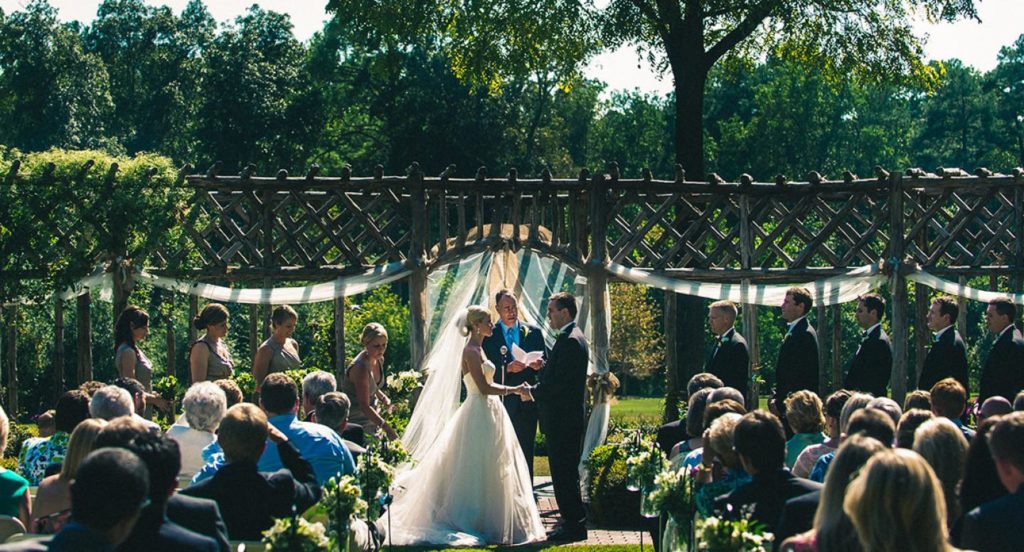
Unique Wedding Venues

North Carolina Couples Vacation
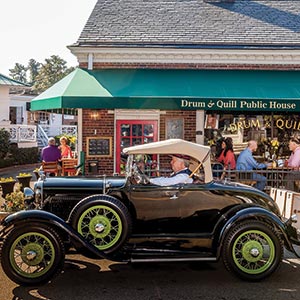
Our Favorite 19th Holes in the Home of American Golf
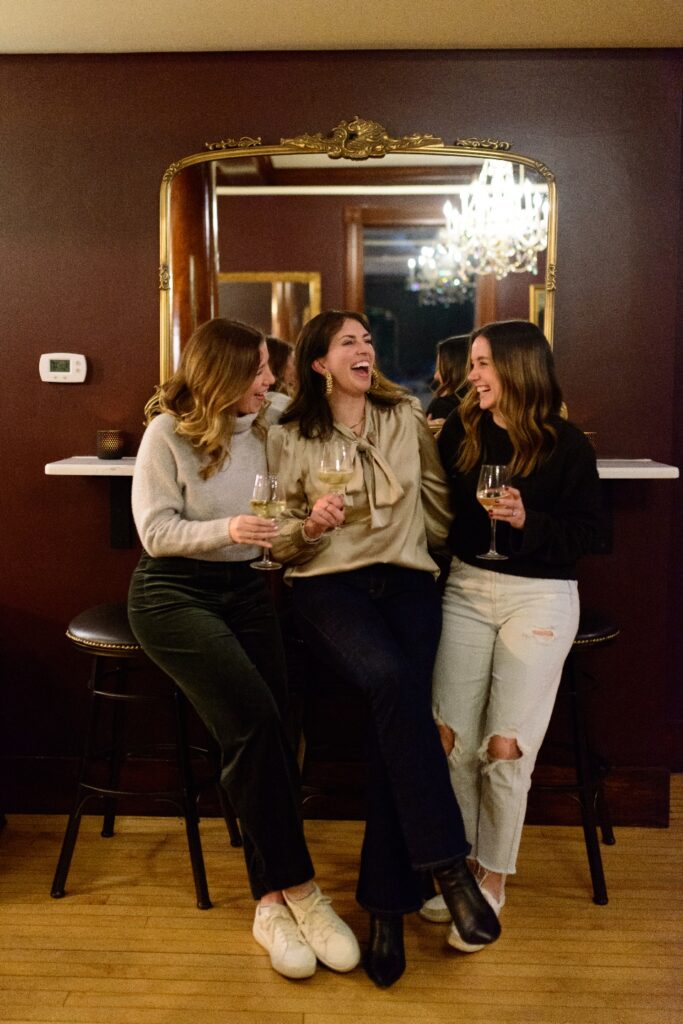
Girlfriend Getaways
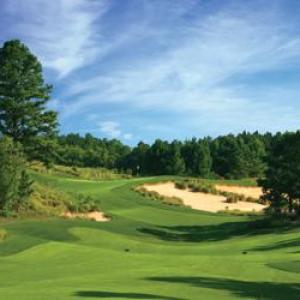
Tobacco Road: A Truly Unique Golf Adventure
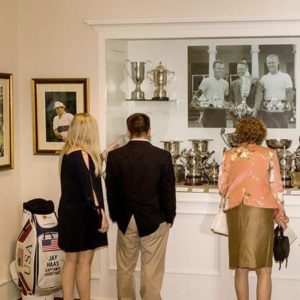
Carolinas Golf Association Hall of History

Where the Ladies Golf
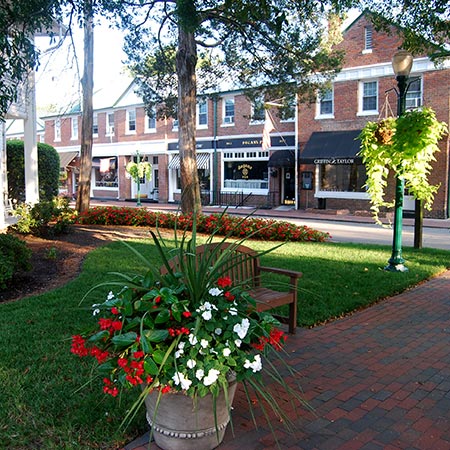
Romancing Pinehurst
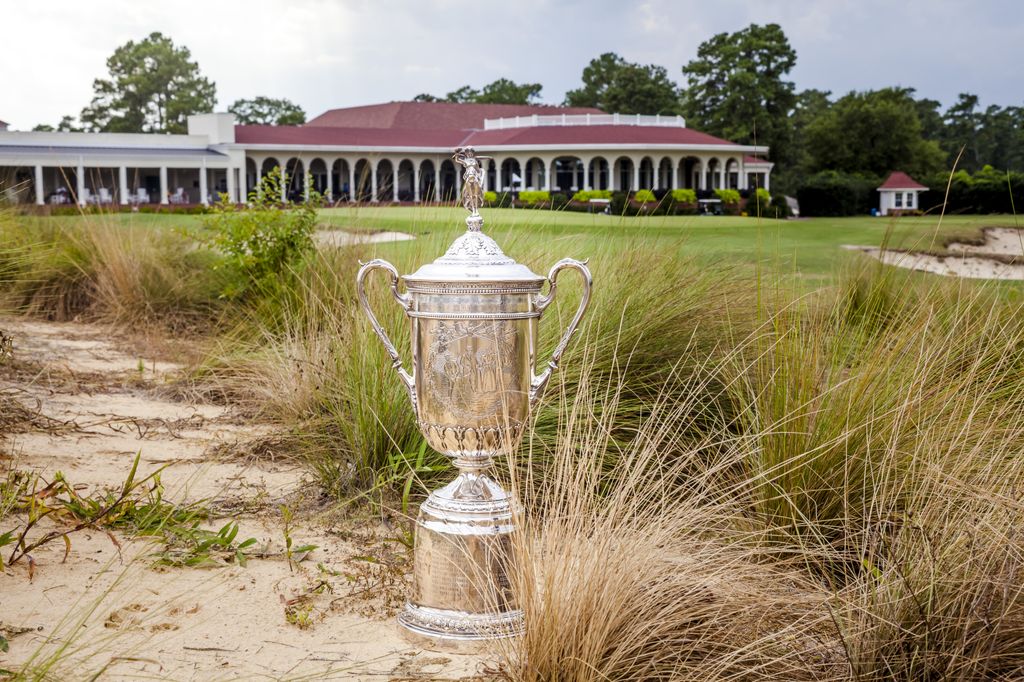
Home of American Golf and U.S. Open Connections
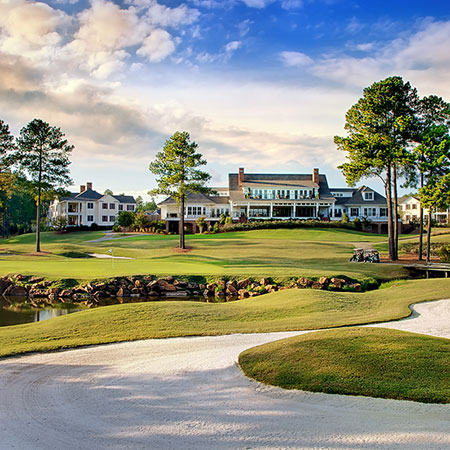
Former U.S. Open Champions Provide Pinehurst Area Some of Its Finest Designs
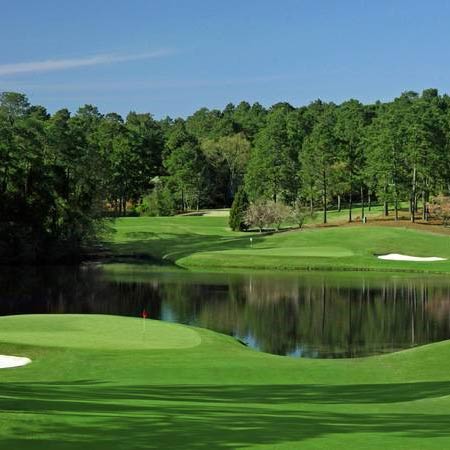
Donald Ross First of Many Architects to Design U.S. Open-Quality Courses in Sandhills
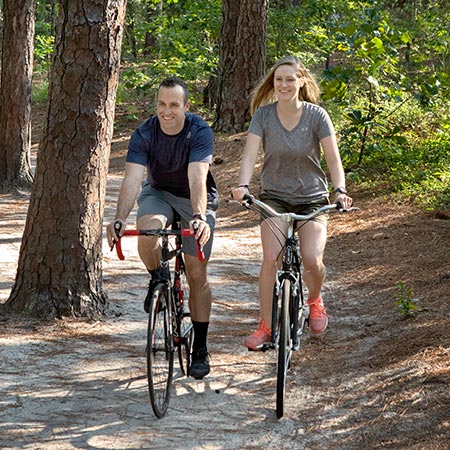
Sandhills Offers Outstanding Variety of Outdoor Activities
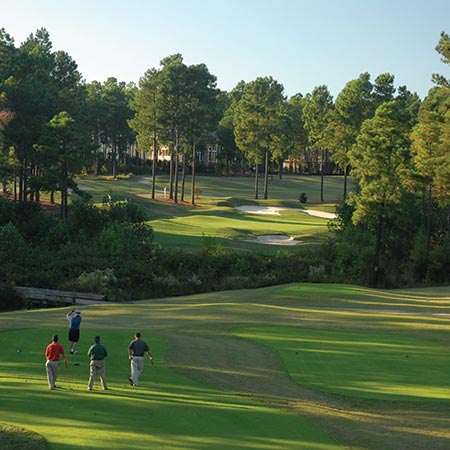
Buddy Golf Trip
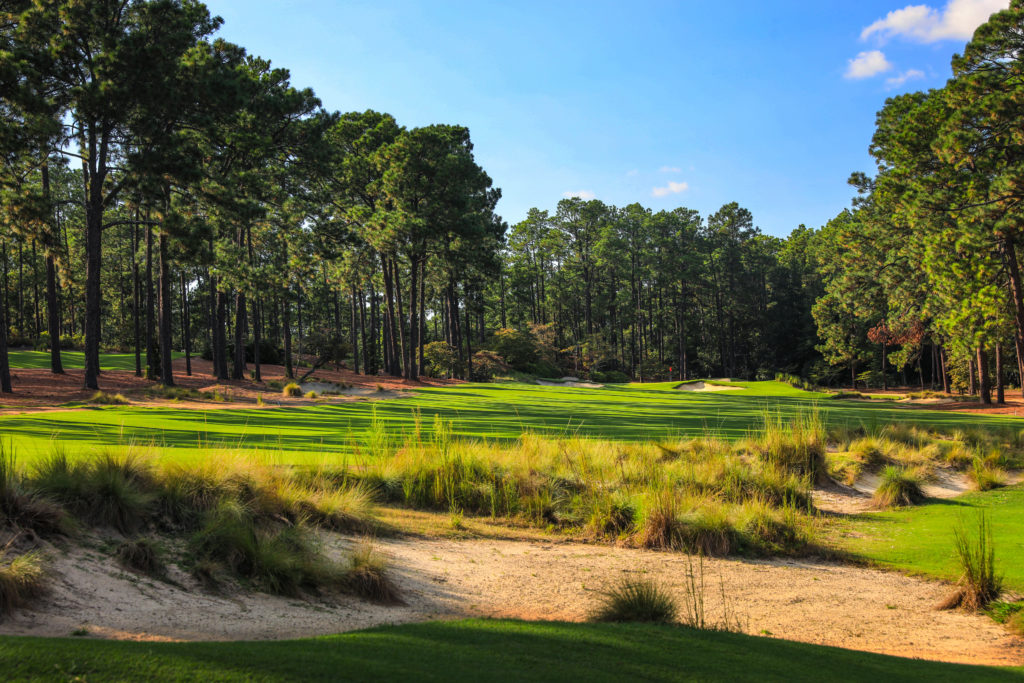
18 Holes of Local Knowledge for the Sandhills Golfer
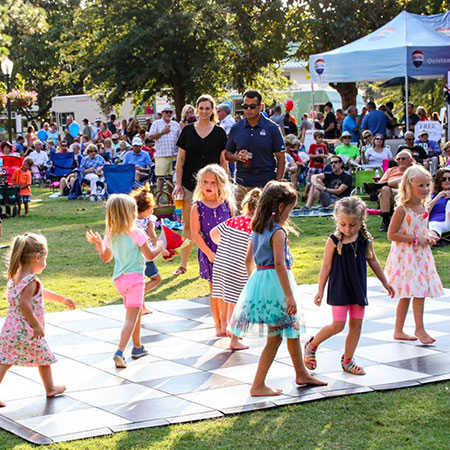
The Family Fun Trip
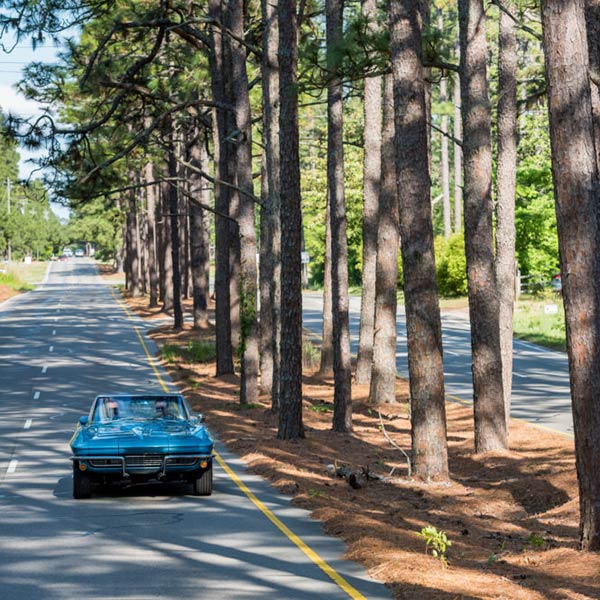
Midland Road: The “Fifth Avenue of Golf”
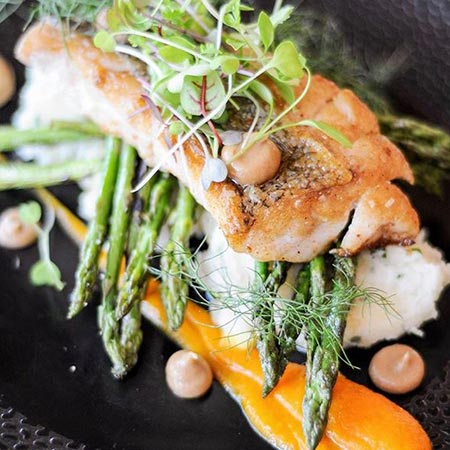
Collards, Community and Collaboration
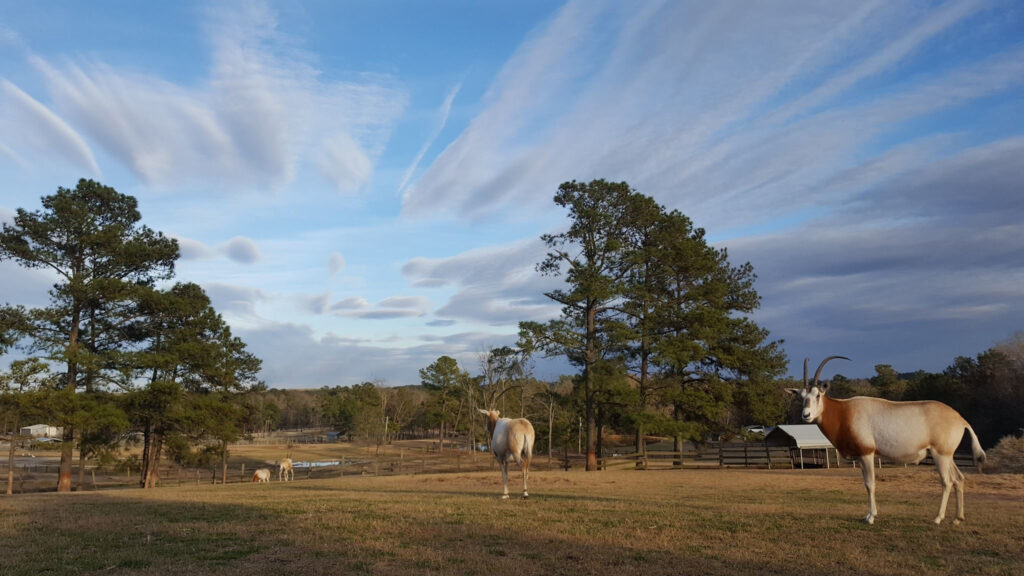
10 Little-Known Facts About North Carolina’s Pinehurst/Southern Pines Region

Sandhills Holiday Gift Guide
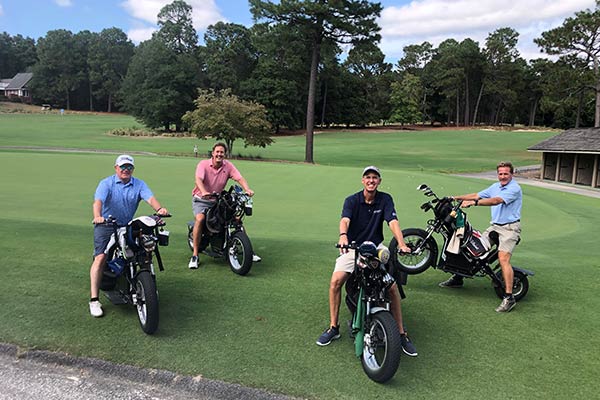
Spring Primer: Local Knowledge from the Home of American Golf

Our Favorite Coffee Shops in the Sandhills
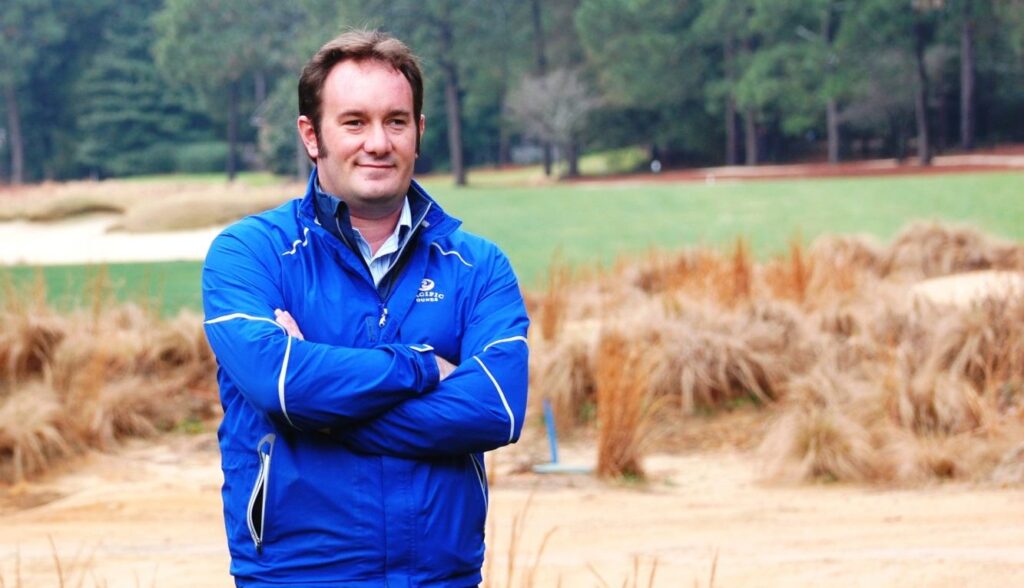
Franz Creating Legacy on the Links
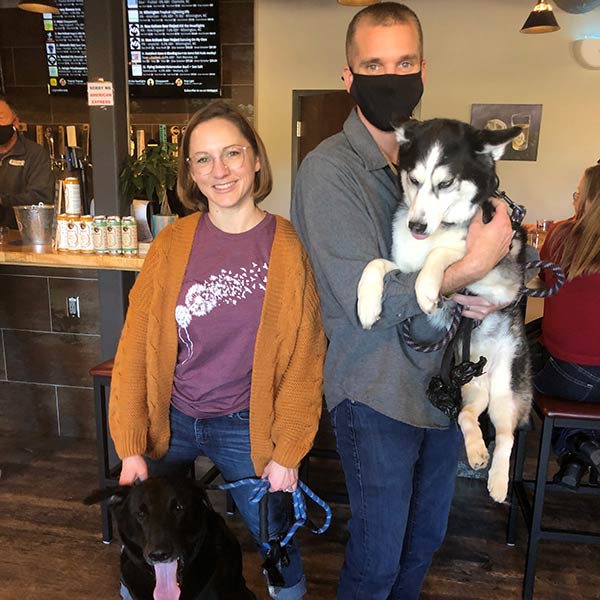
Bring Fido! Pet-Friendly Finds Among the Pines
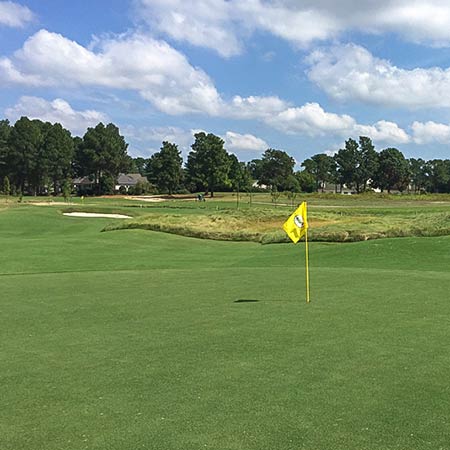
Bottlebrush: Pinehurst Area’s Best Kept Secret
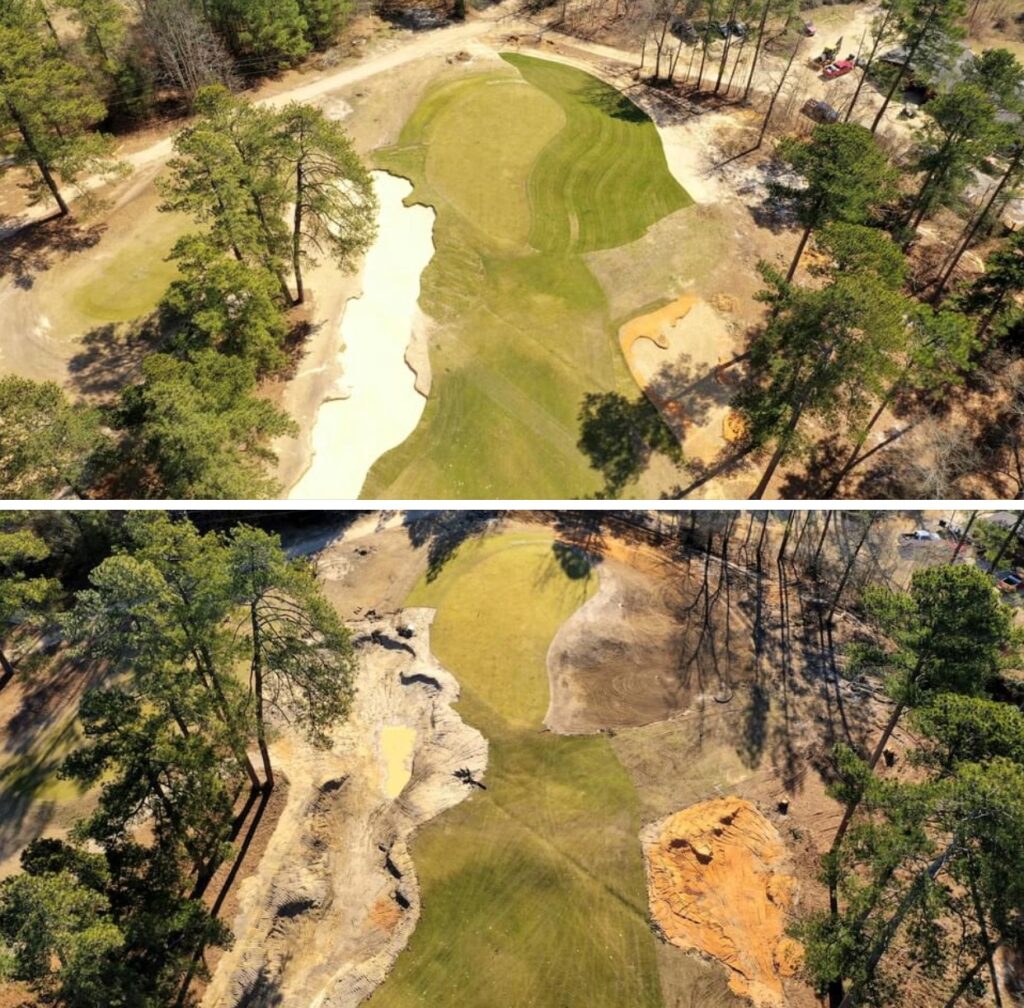
Franz Part 2: The Legacy Continues

Why Visit Pinehurst If You Don’t Play Golf?

First Timer’s Guide to Pinehurst
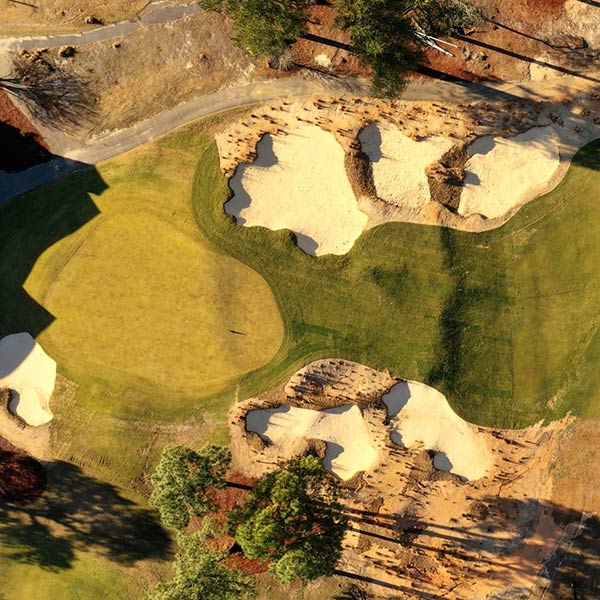
Franz Part 3: On Sandhills Topography
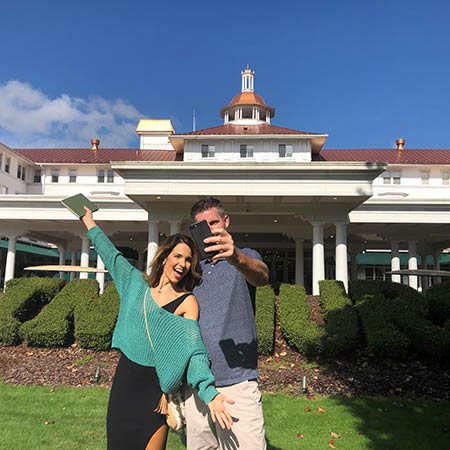
Top 10 Places for a #Sandhills Selfie
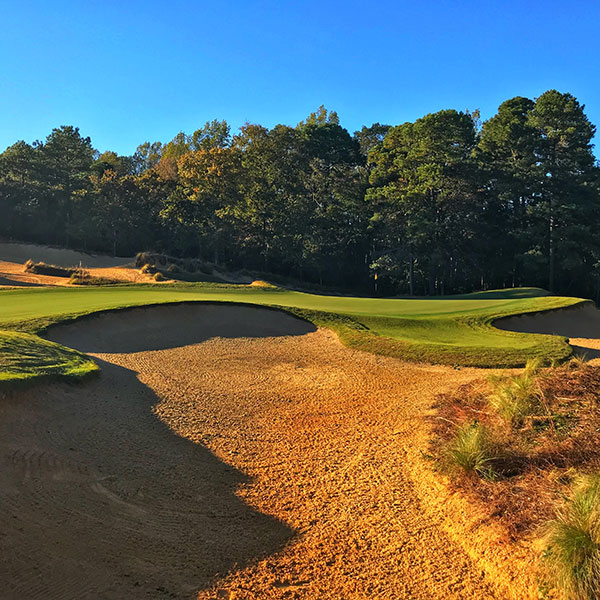
“Bermuda Revolution” Around Sandhills Leads to Ideal Year-Round Golf

Hunger Games – Sandhills Golfers Dining Guide
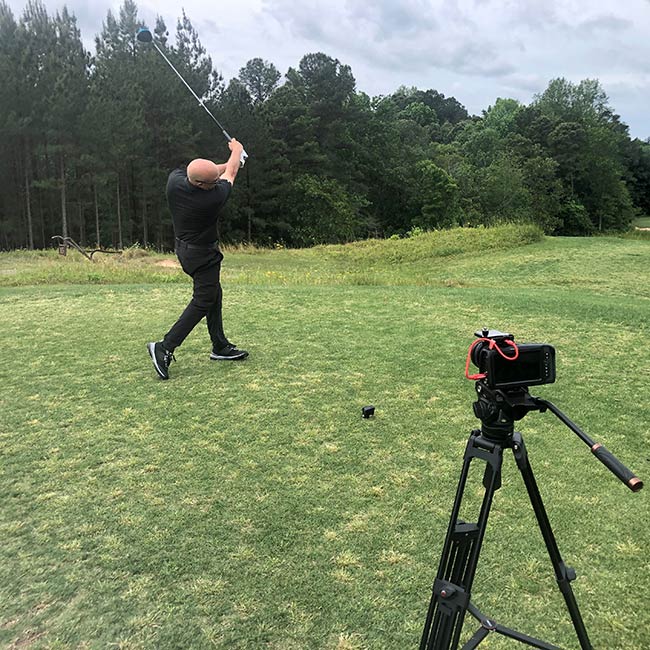
Episode 1: Golf Tips with Nick Bradley

Episode 2: Golf Tips with Nick Bradley

Sandhills Embraces Walking Culture
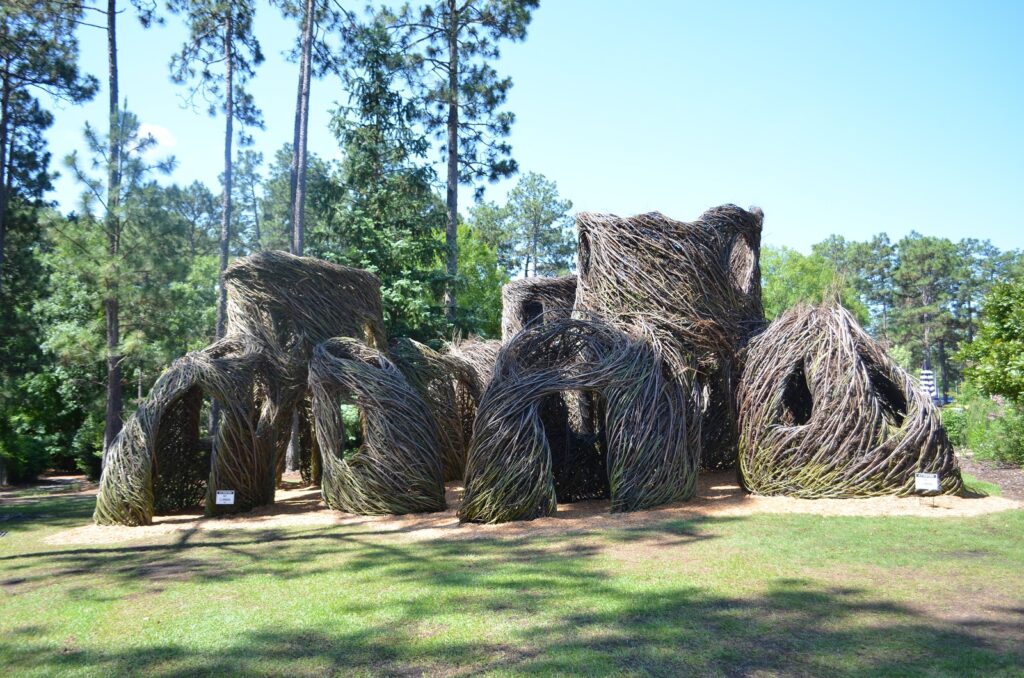
Patrick Dougherty: The Stickman Cometh

Dining A to Z

Fall Renewal in the Sandhills

Pinehurst’s Ryder Cup 1951

No. 2 Celebrates 10 Years
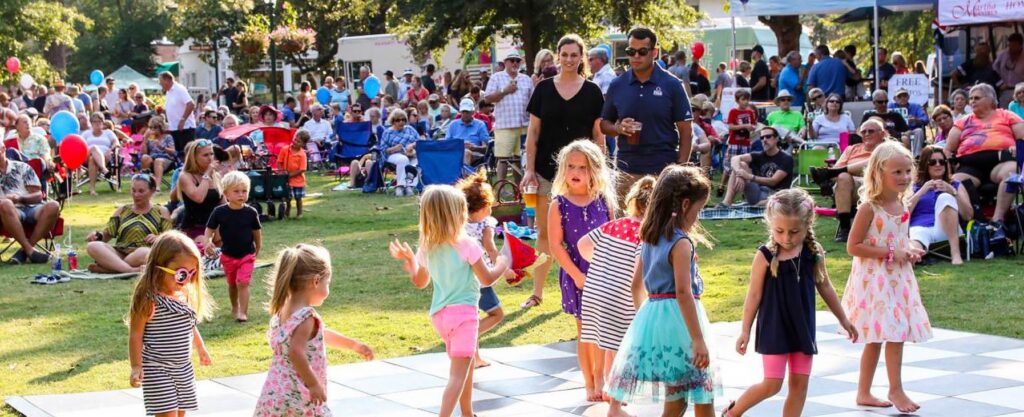
Family Fun in the Sandhills
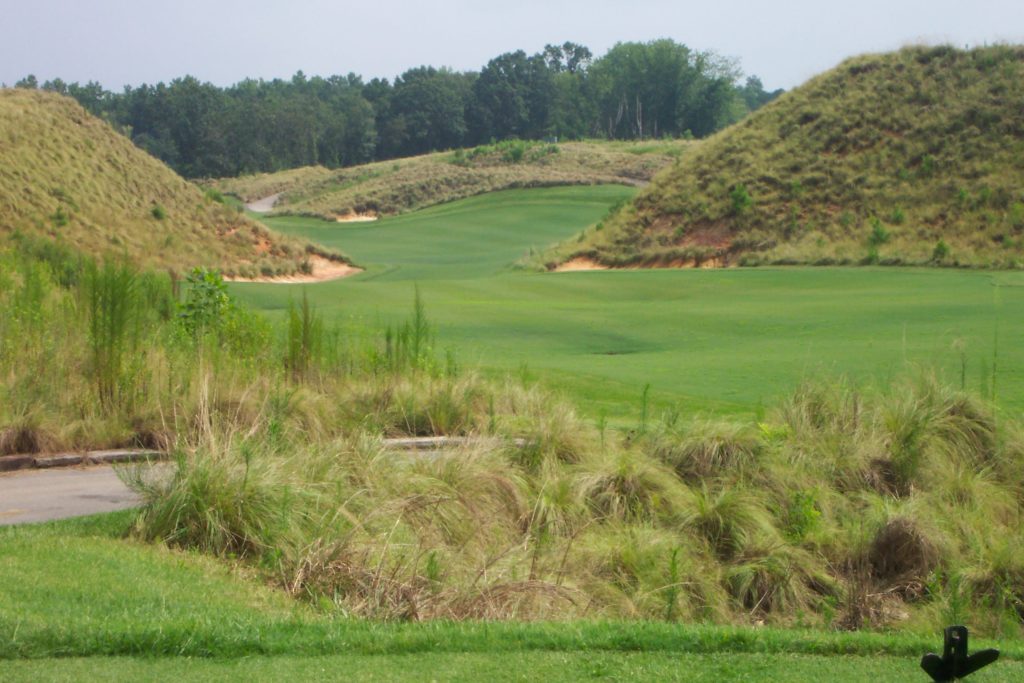
Remarkable Golf Stays in The Pinehurst Area

Couples Weekend Getaway Ideas
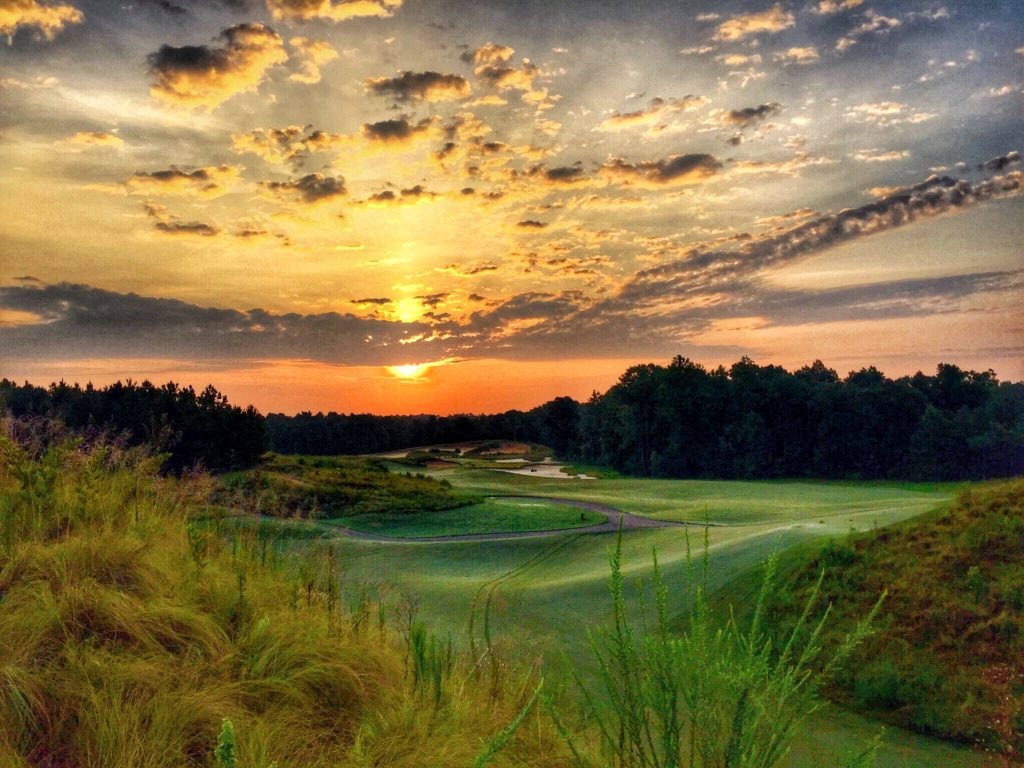
Nature’s Canvas: Tobacco Road

Perfect Getaway to Southern Pines
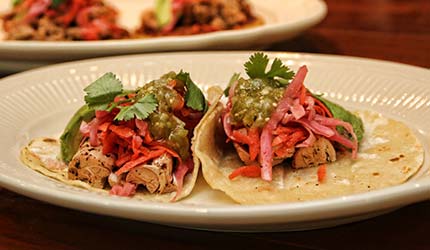
Culinary Discoveries in the Sandhills of N.C.
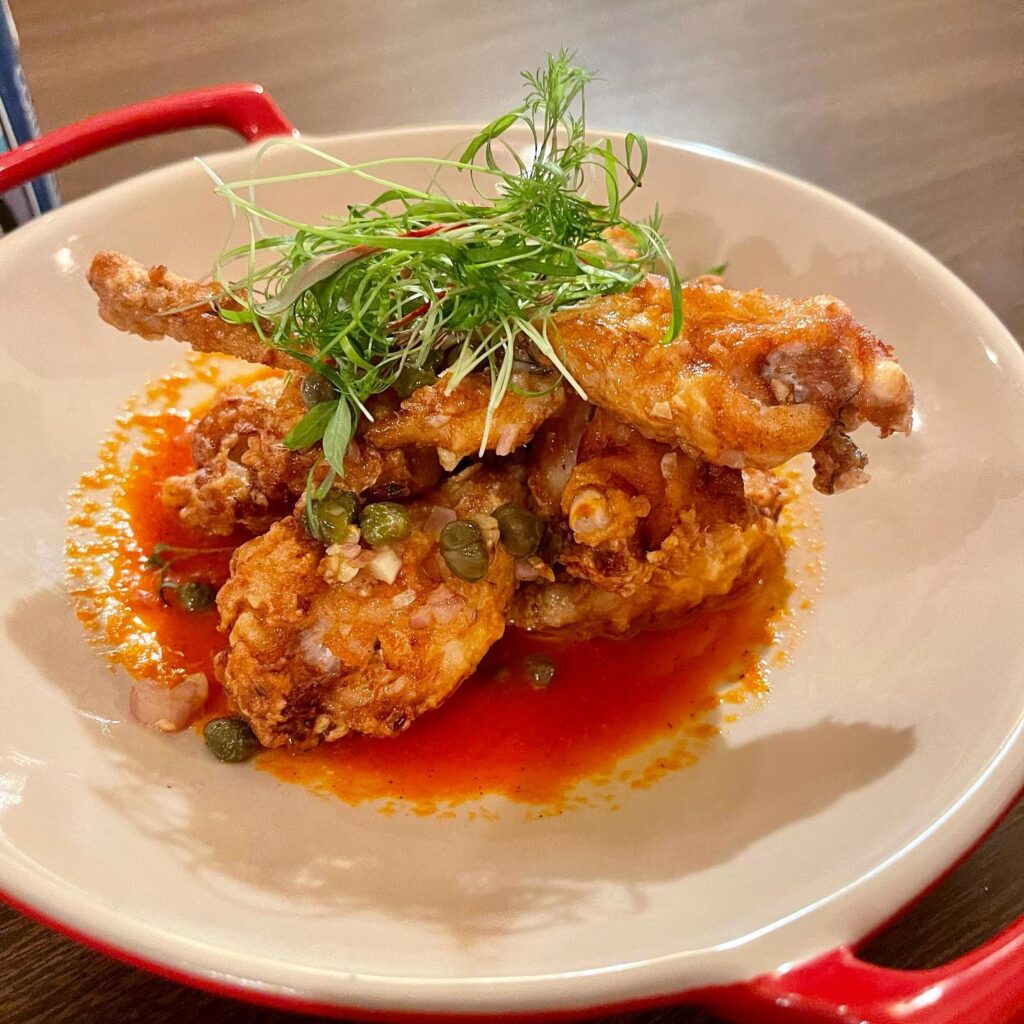
Restaurant Roundtable Q&A
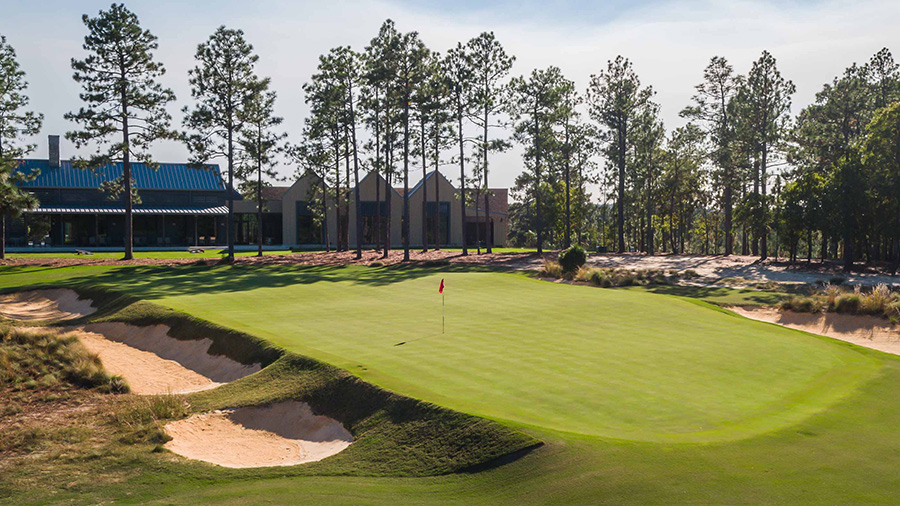
Dormie Club’s New Era
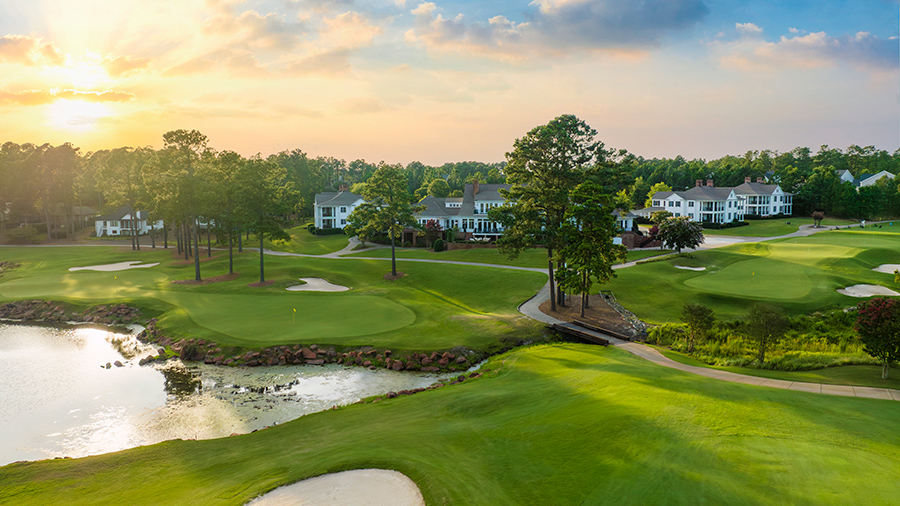
Talamore and Mid South: History of Their Own

Undiscovered Pinehurst

Off for Pinehurst
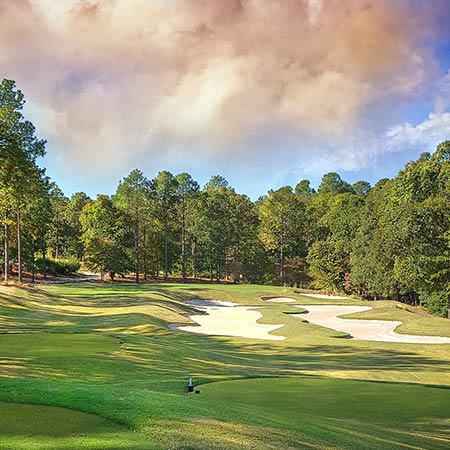
Talamore Doing More for 2022
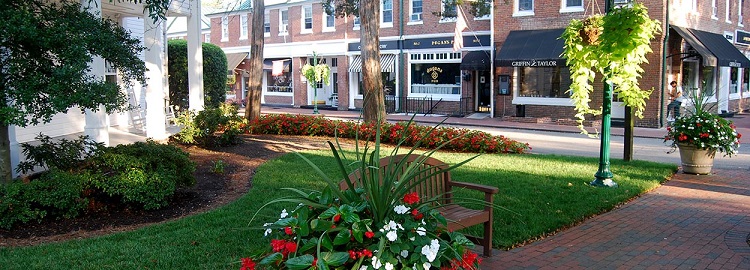
Romantic Gift Ideas In Pinehurst Area

Foodie Weekend in the Sandhills
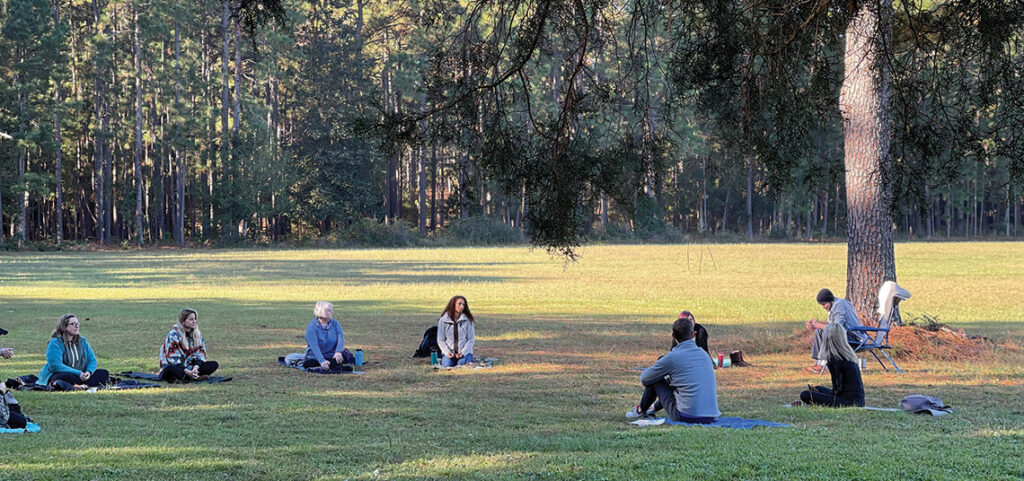
Wellness in the Pines

The Military Means Business in the Sandhills
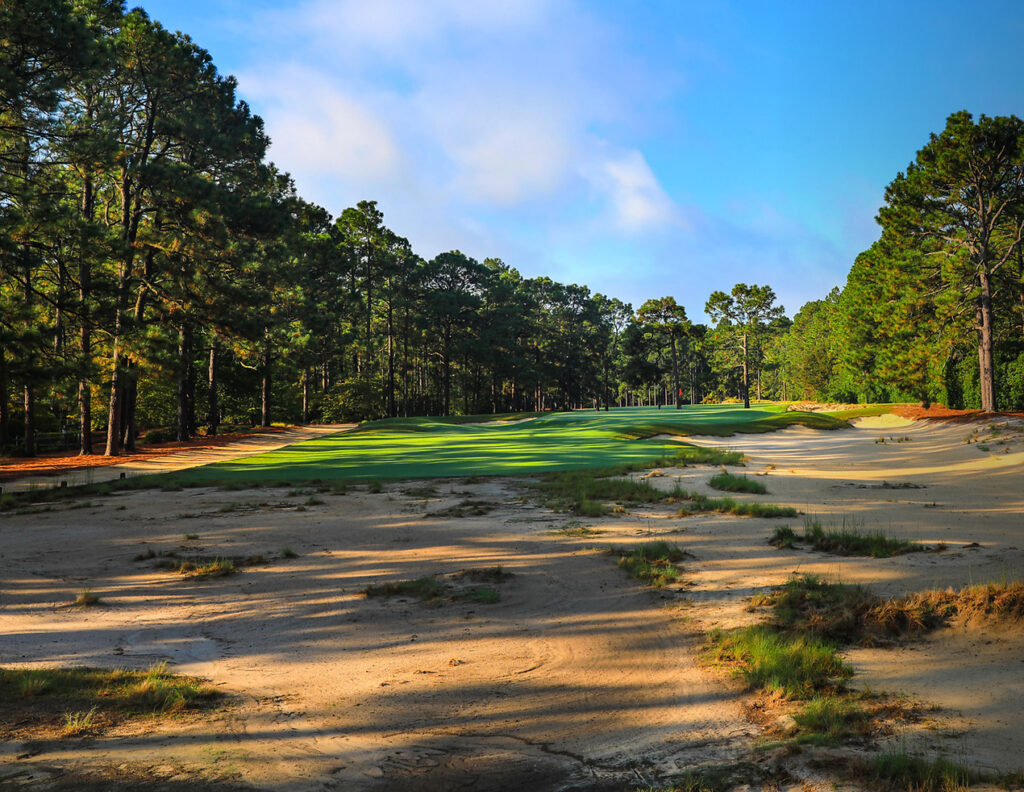
Pine Needles Goes Back in Time
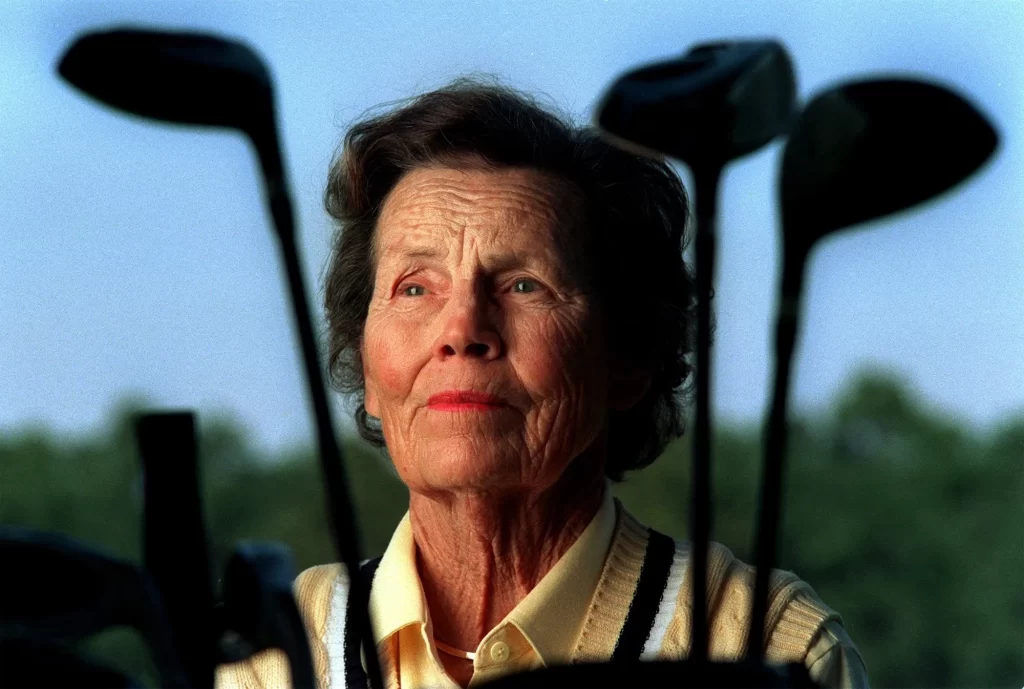
Grande Dame of Women’s Golf

A Guide to Berry Picking in the Sandhills
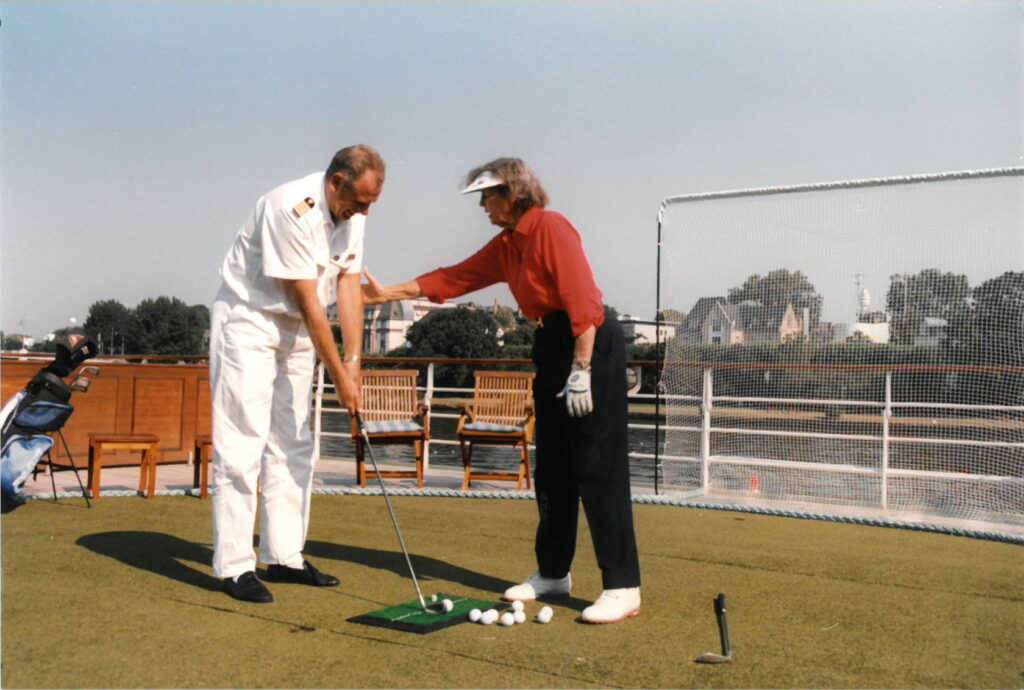
Waltzing on the Danube with Peggy Kirk Bell

From Cradle to Cradle

Donald Ross Could Golf His Ball
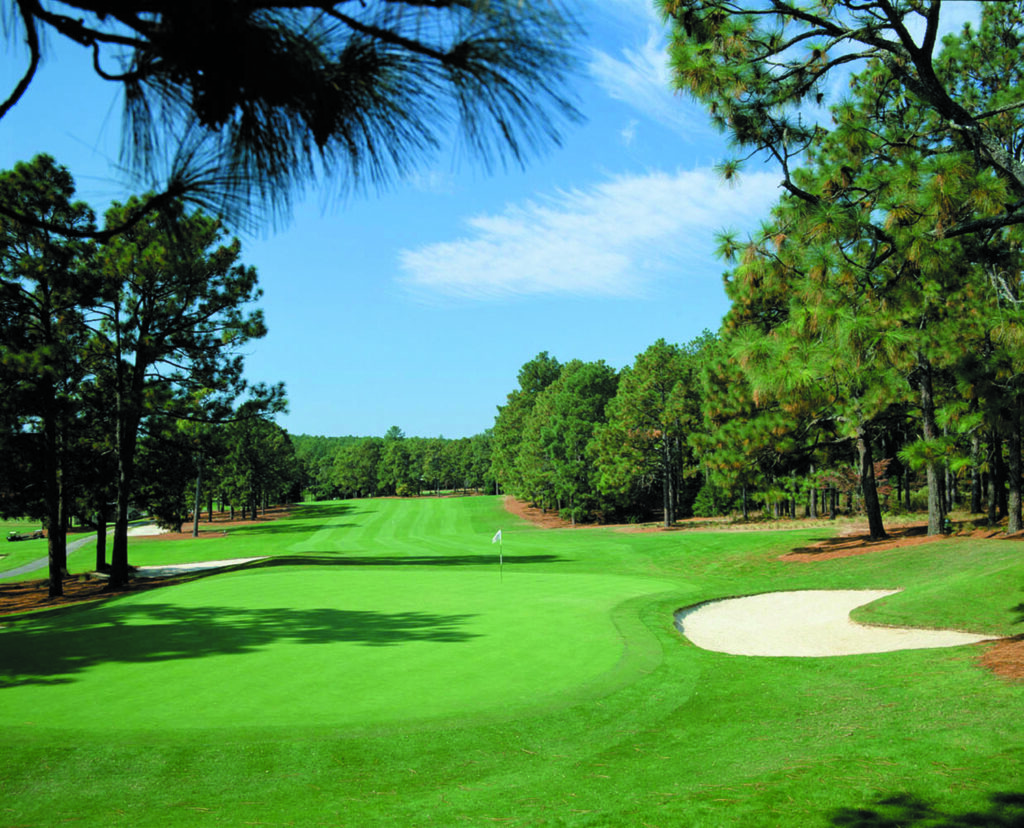
No Resting on Laurels Around the Home of American Golf

Flower Farms in the Sandhills
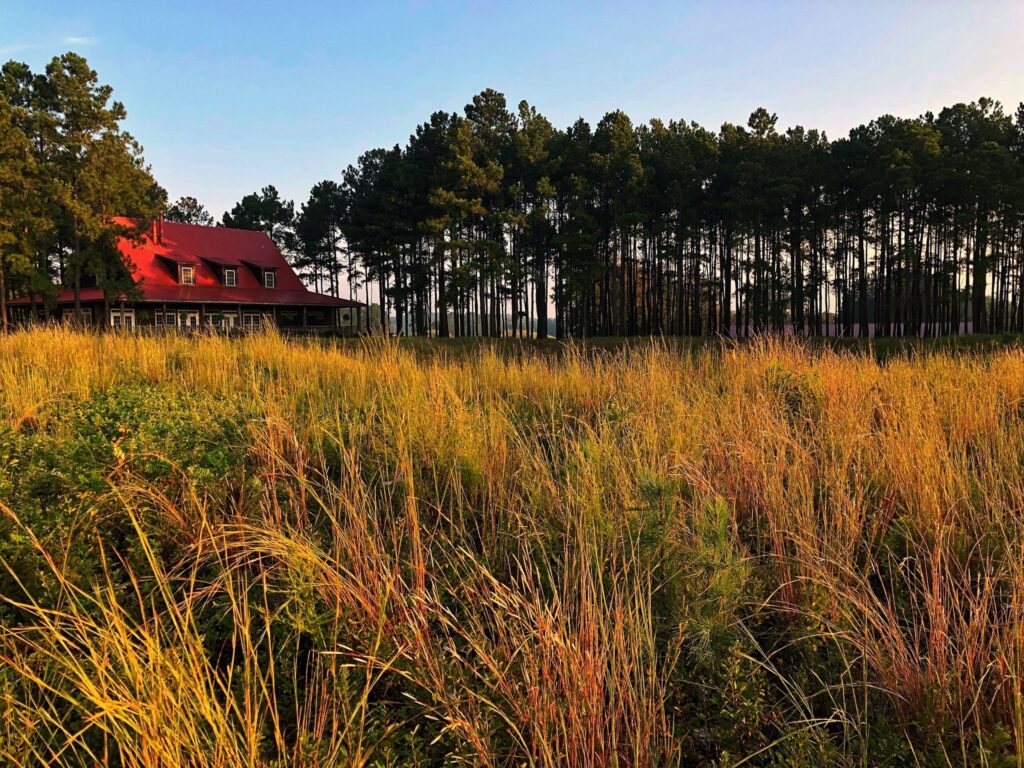
Fall into Pinehurst Golf

What Goes Around…
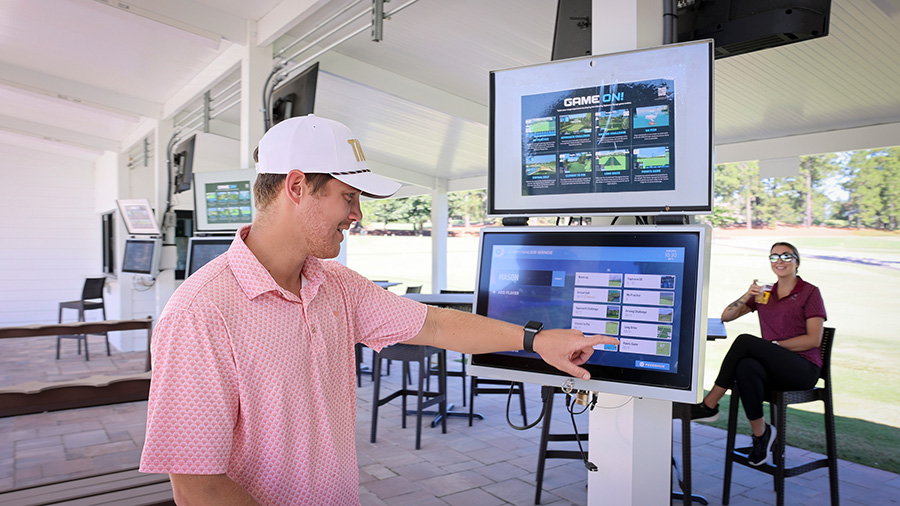
Talamore Resort Debuts New Toptracer Range

The History of the Pinehurst Inns
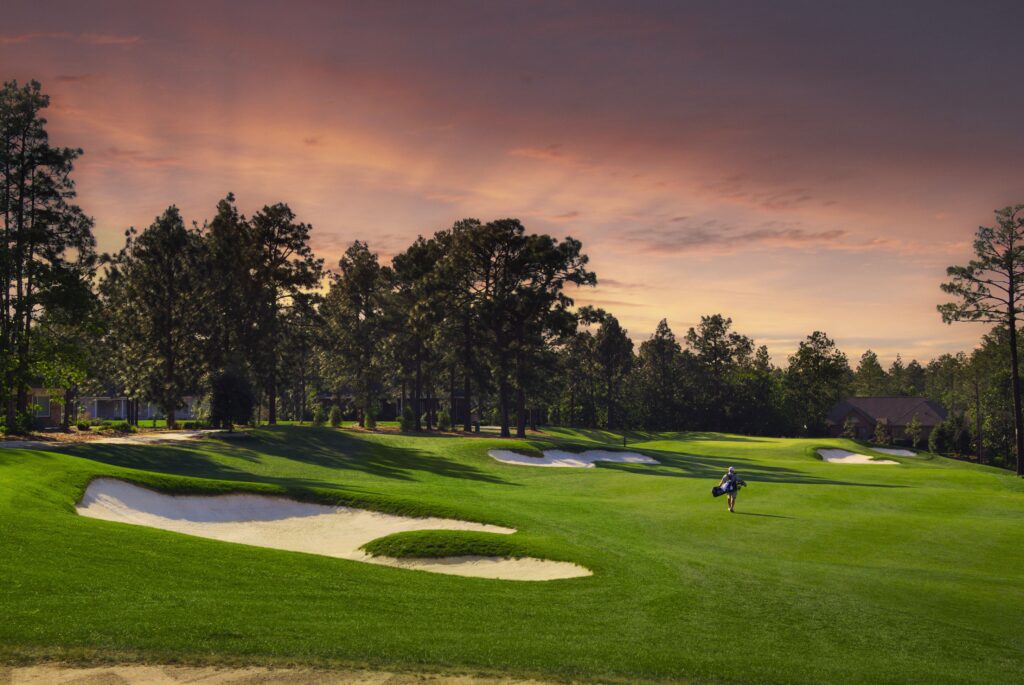
“For me, Pinehurst is such a special place for golf!”- Tom Fazio
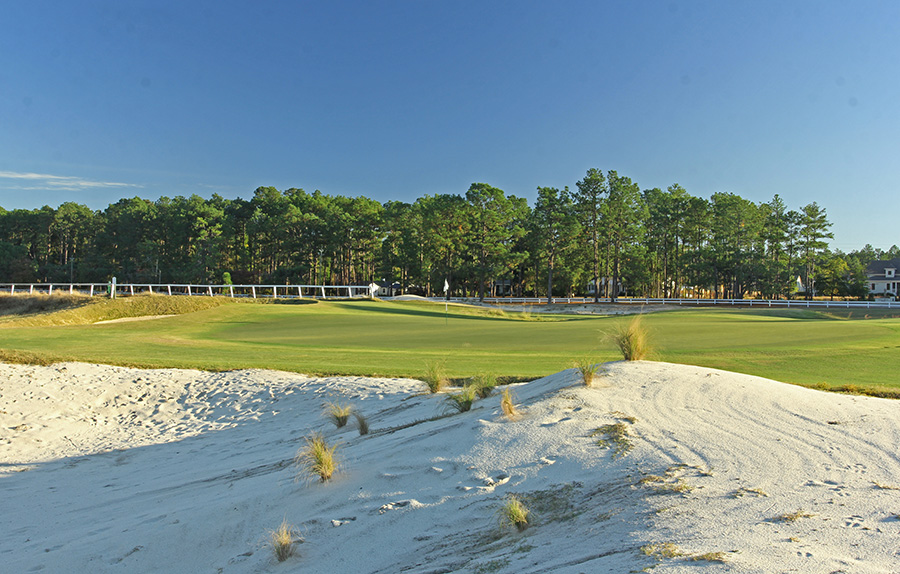
Maples Roots Run Deep in Sandhills Golf Design

New Southern Pines Mural

Pinehurst Area Buzzing with 2023 Excitement

Discover the Sweetness of the Sandhills
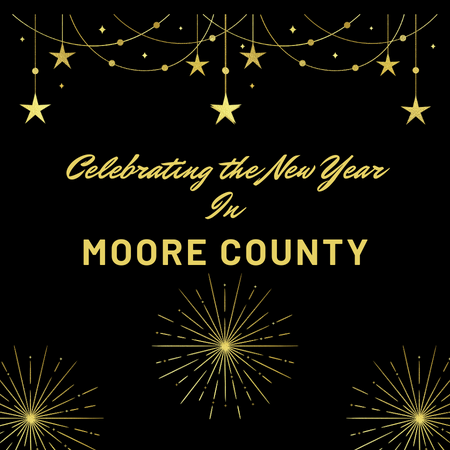
Celebrating the New Year in Moore County

The Big Three
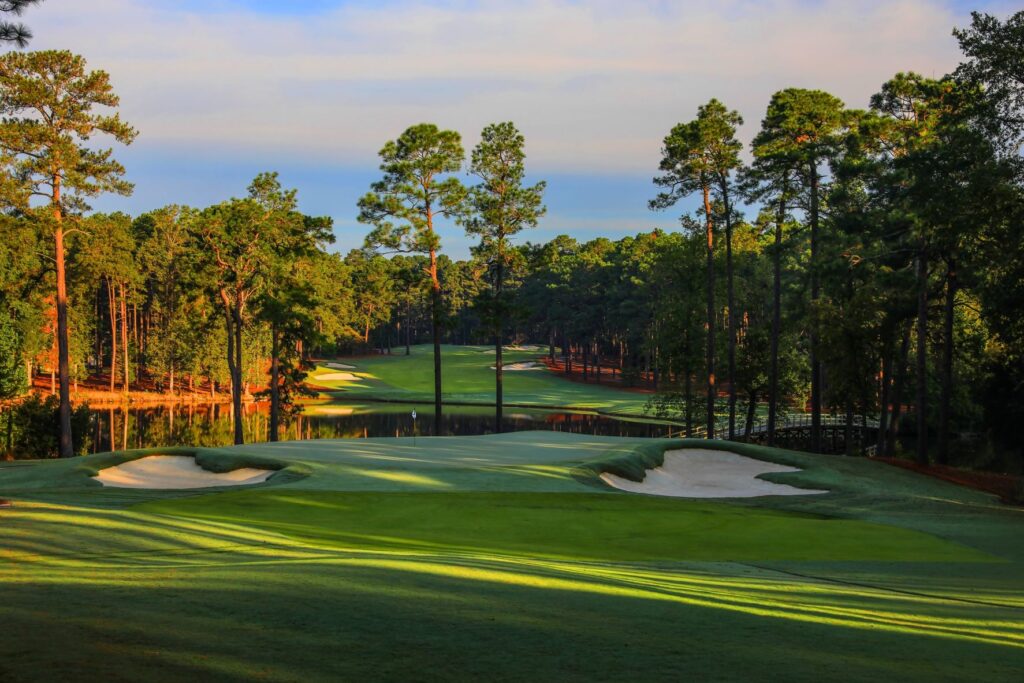
Jones Family Imprint
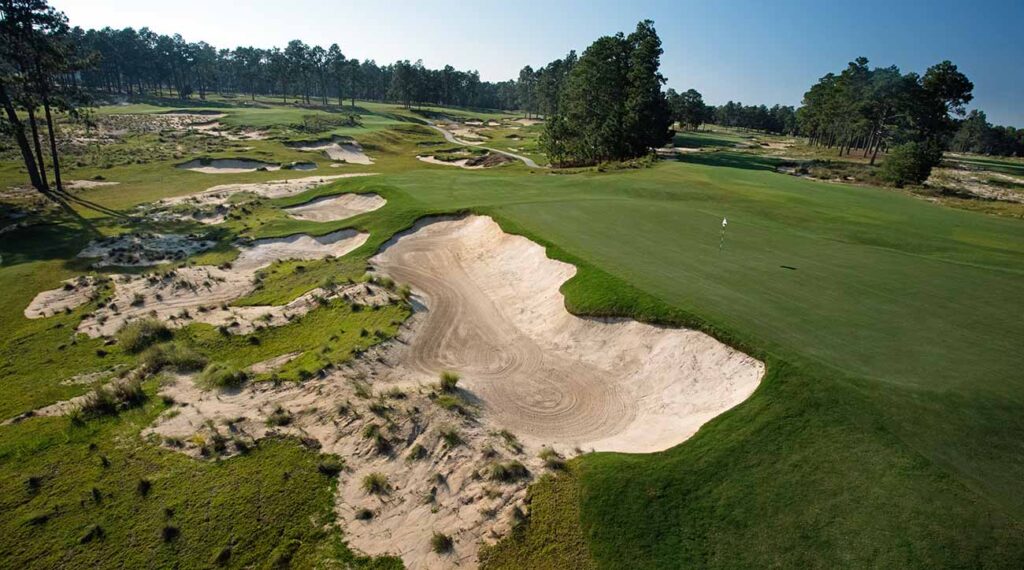
The Hanse Touch
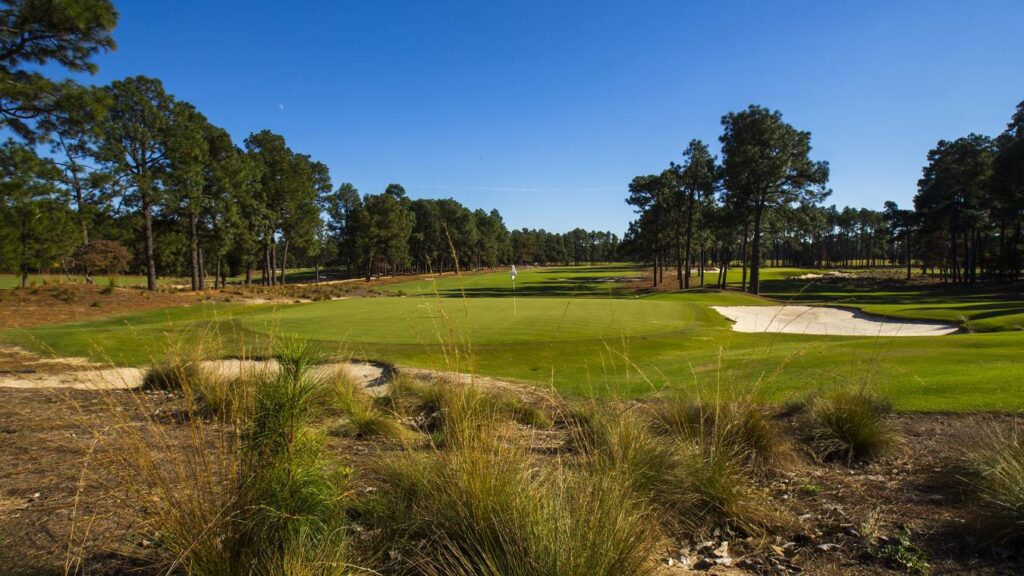
Coore & Crenshaw Roots Run Deep
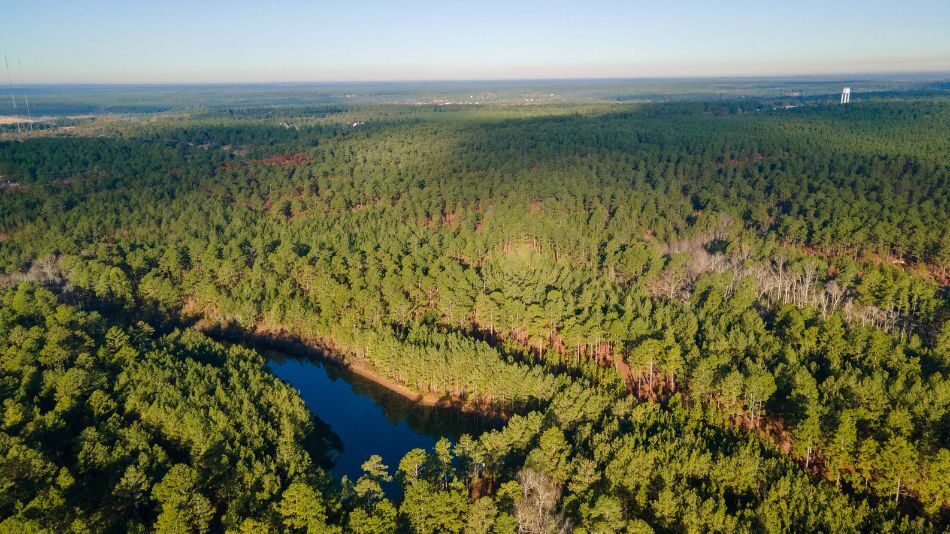
Pinehurst Resort Announces New Course to be Designed by Tom Doak
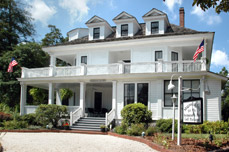
PINEHURST’S MAGNOLIA INN REOPENS
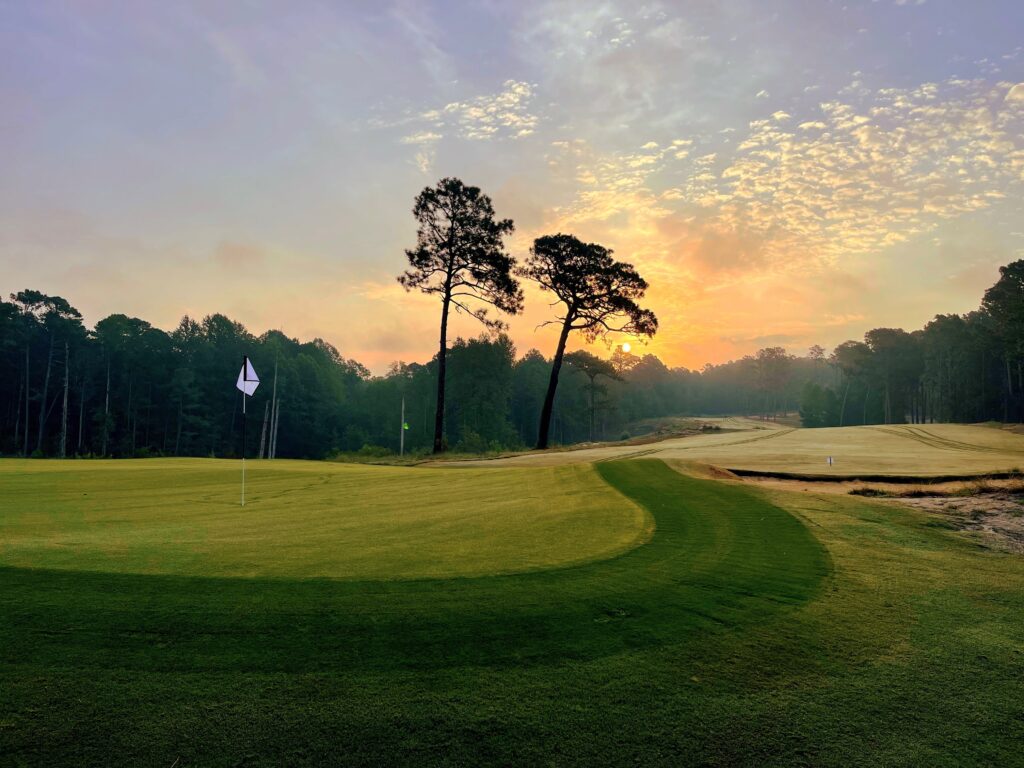
Southern Pines Golf Club Recognized
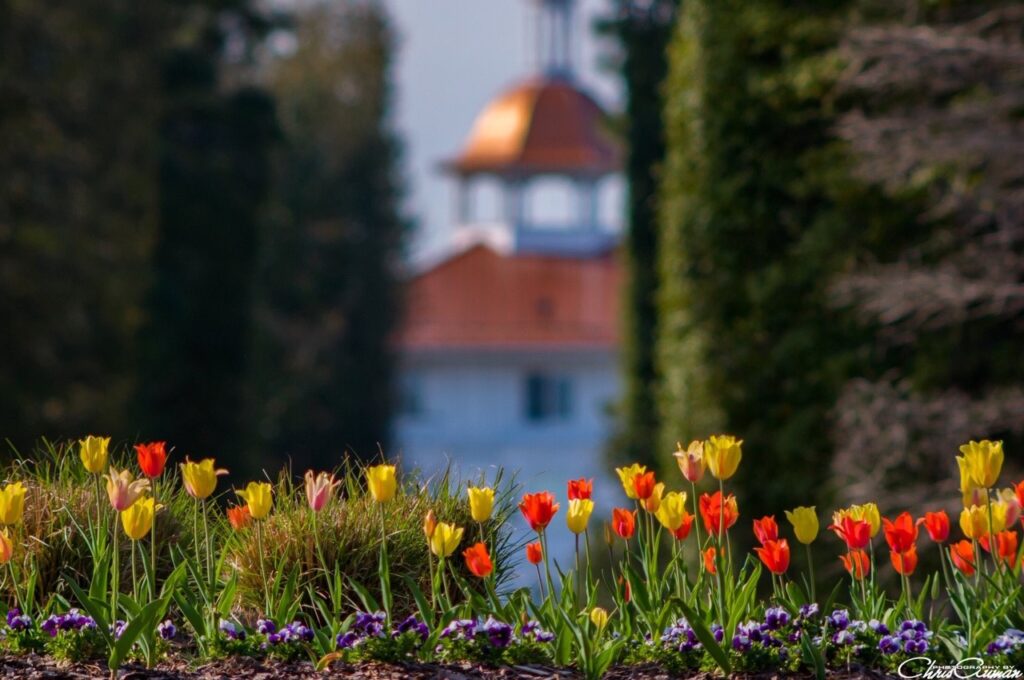
Spring in the Sandhills

Mother/Daughter Weekend in the Sandhills
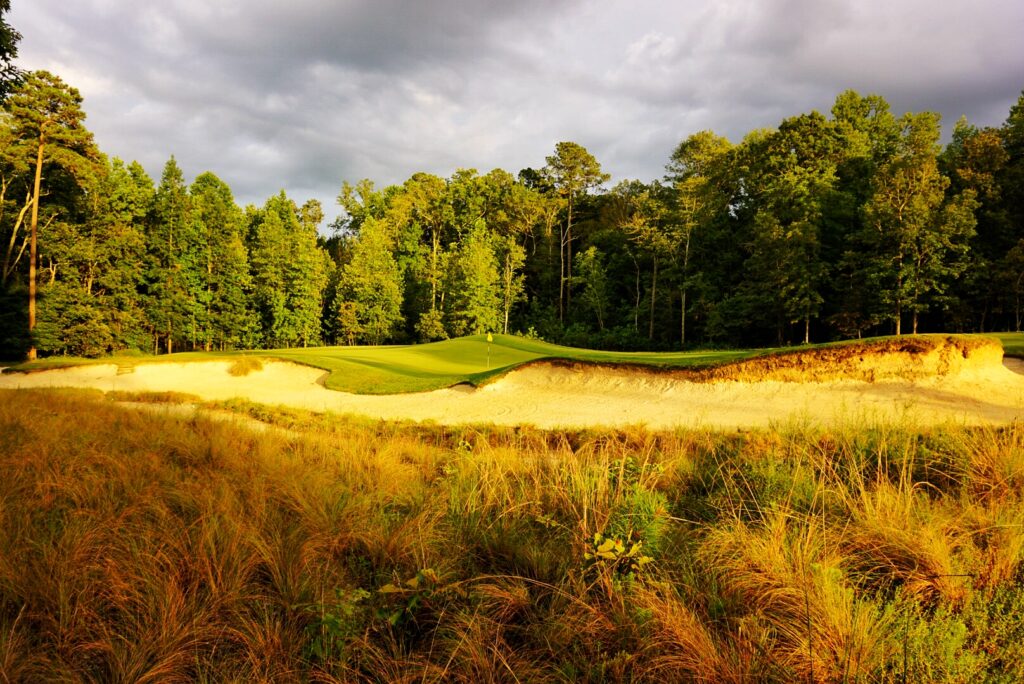
A Few of Our Favorite (Golfing) Things
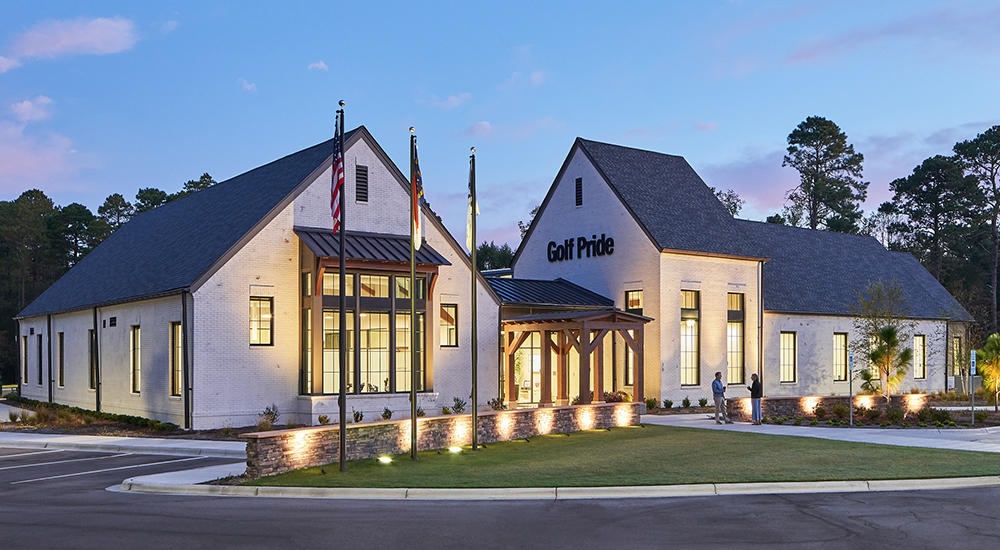
Golf Pride Retail Lab a must-see experience for your Pinehurst itinerary
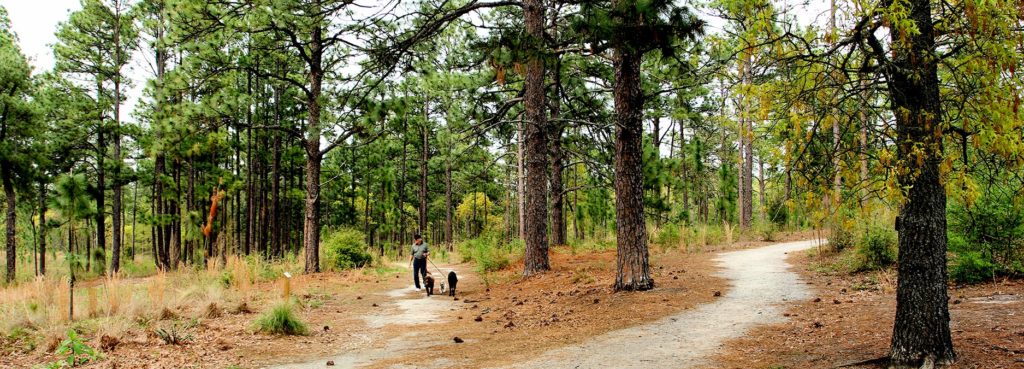
6 Trails to Explore for the Year of the Trail

Pinehurst No. 2 Still Ranked Best Course in NC

Sandhills Ecology 101
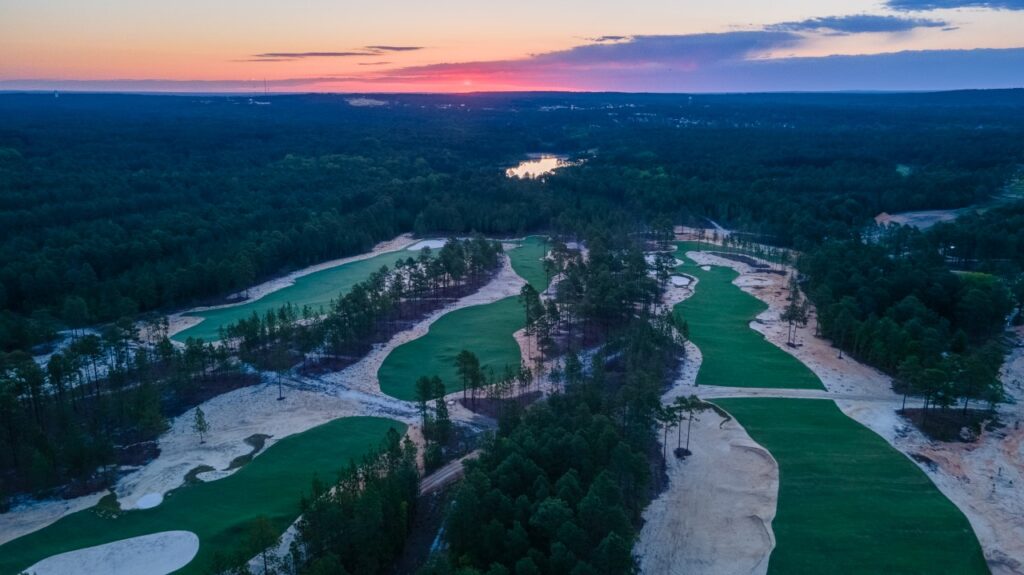
X Marks the 10-Spot

Best Date Night Ideas in the Sandhills
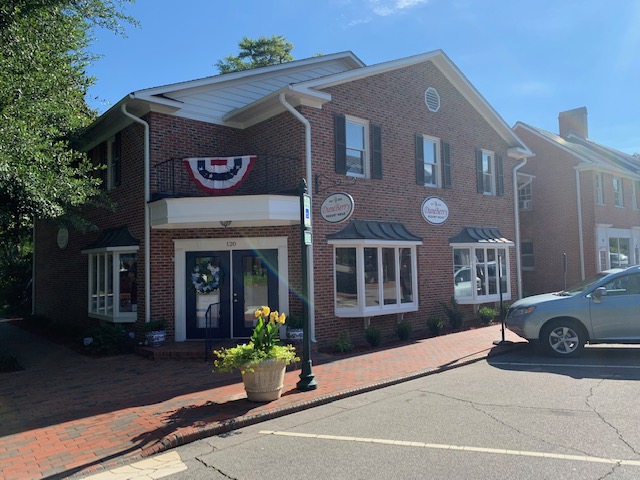
Small Towns Big Style

9 Urban Trails Around Pinehurst Area
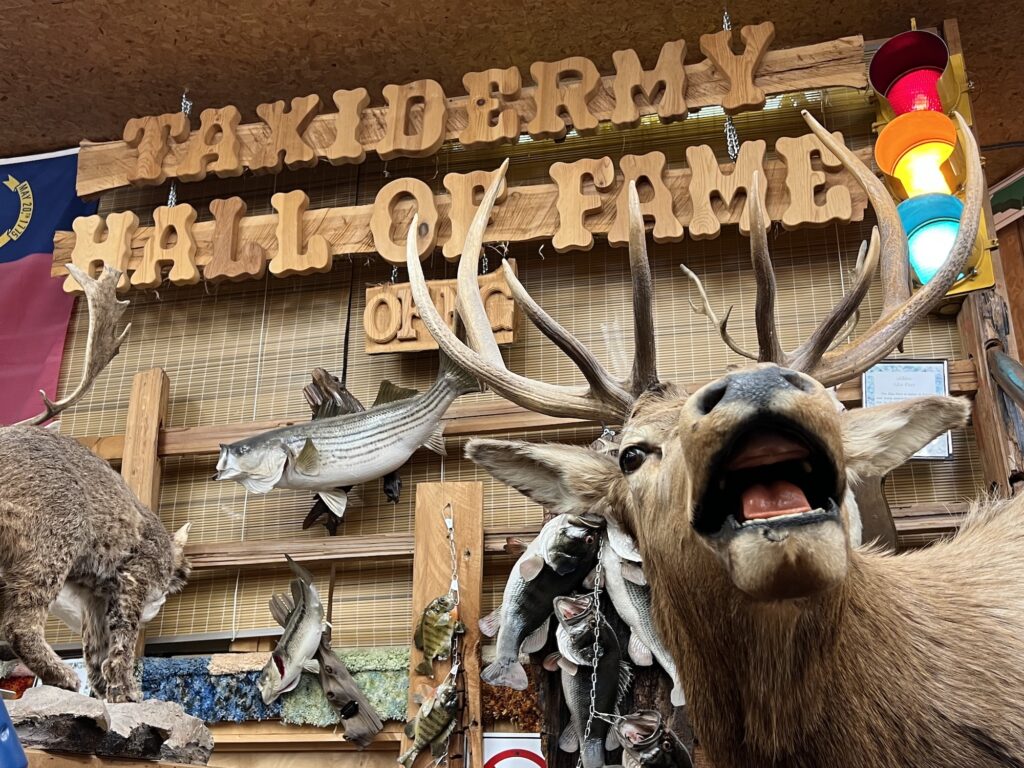
Uniquely Pinehurst

2024 U.S. Open: A Look Ahead
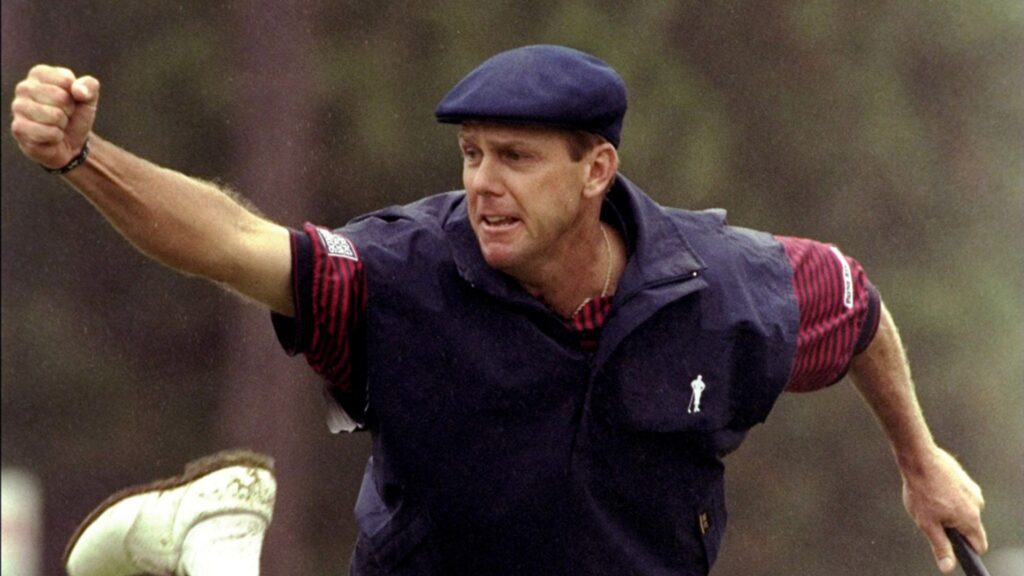
1999 U.S. Open: A Look Back

A Restorative Weekend Getaway at Tanglewood Farm B&B in Southern Pines
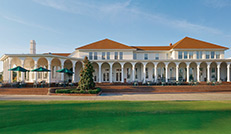
Top Things To Do On A Long Weekend

Independence Day in the Sandhills
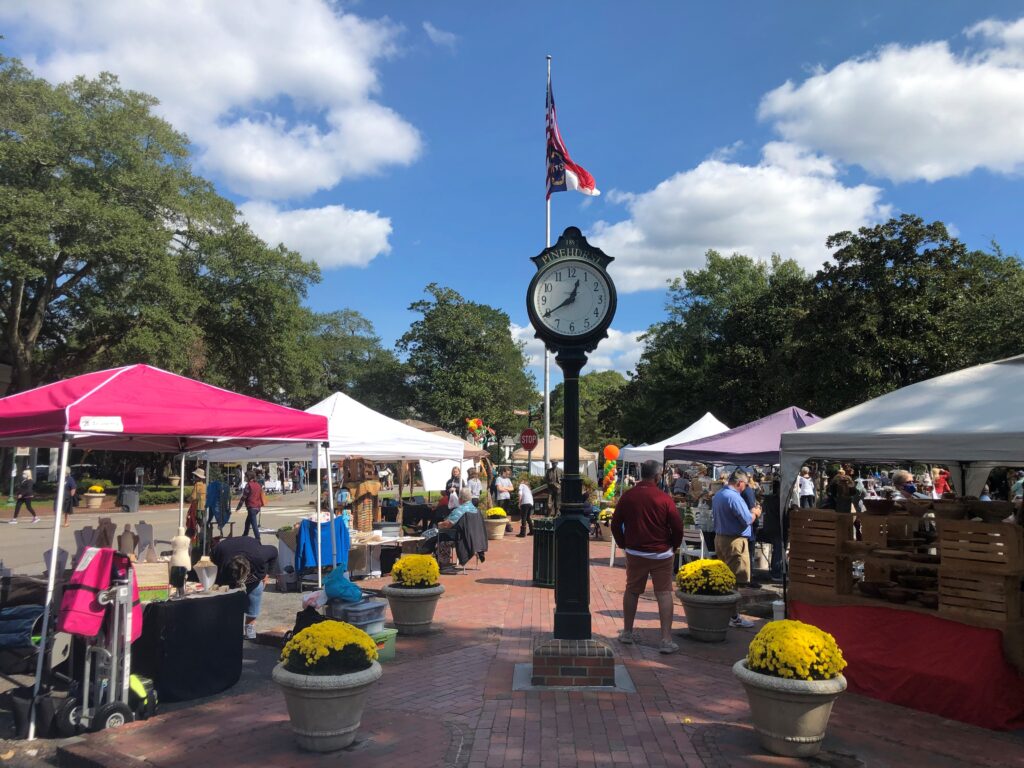
Fall Events Around the Sandhills

Celebrating NC Peaches

Kid You Not
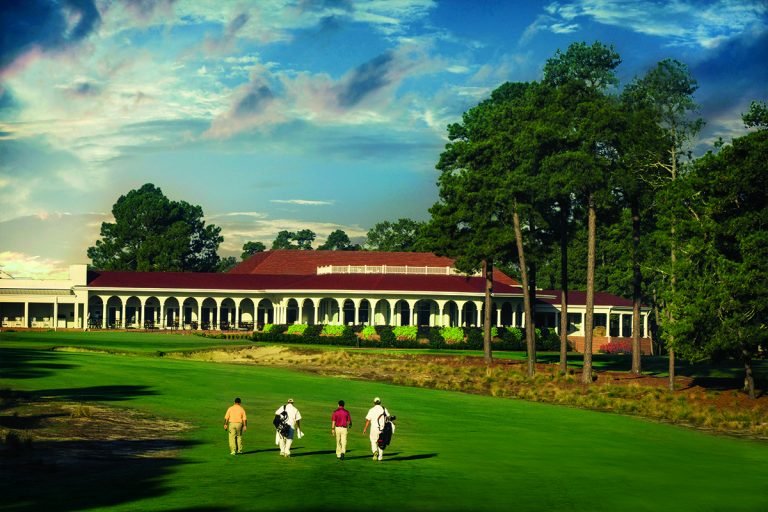
Sleepy Summers No More
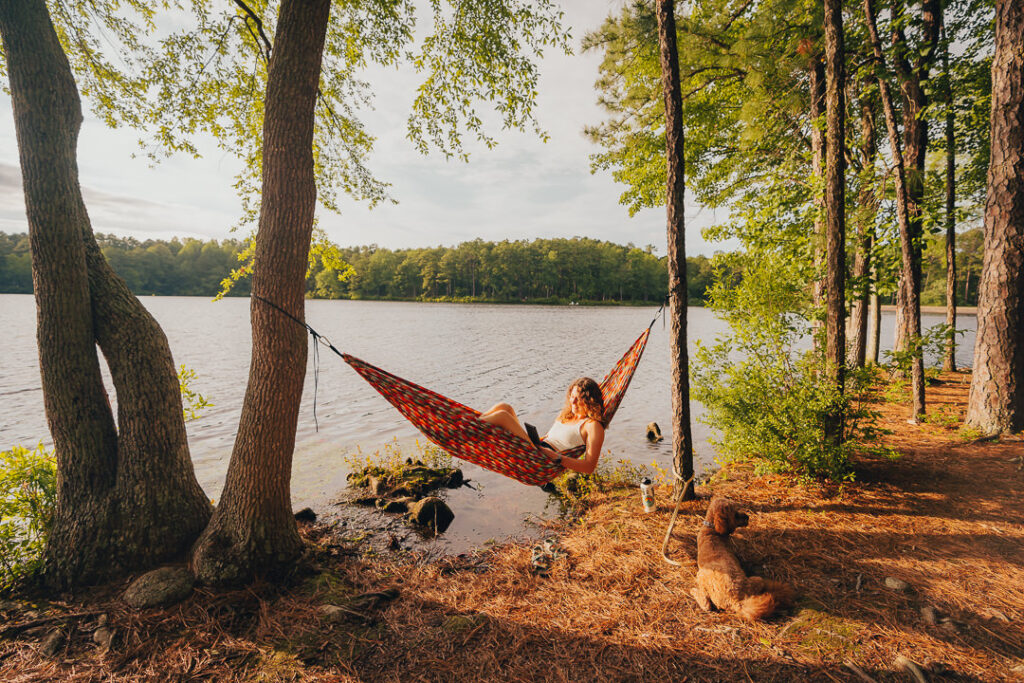
Getting Outside
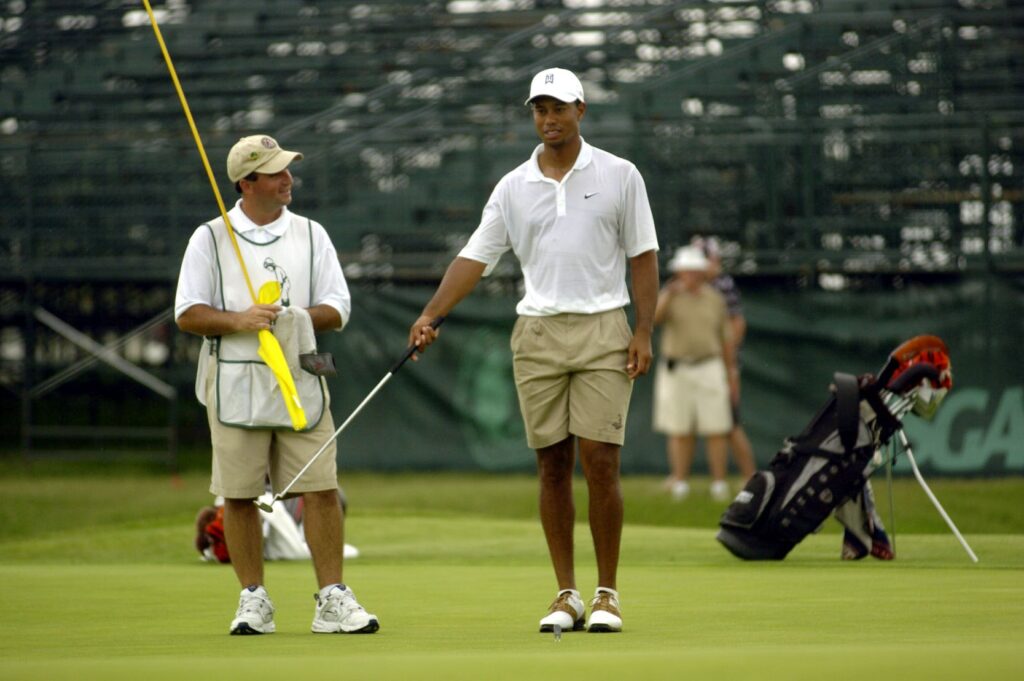
When They Were Young
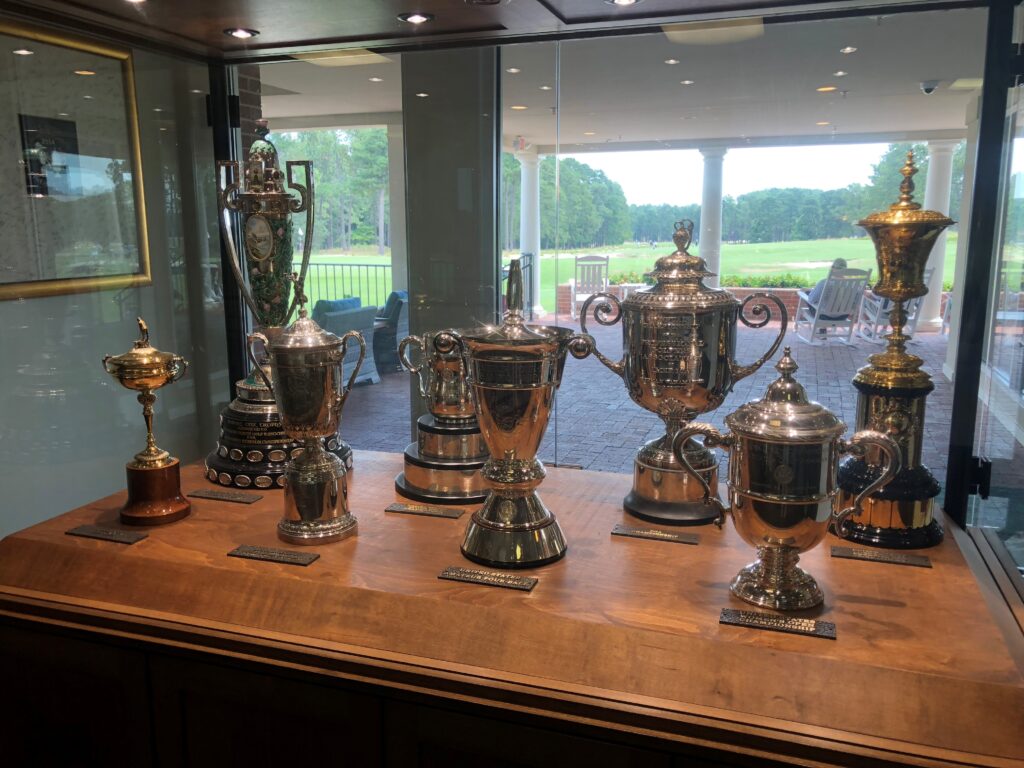
Pinehurst Major-itis

Loving Our Black & Whites
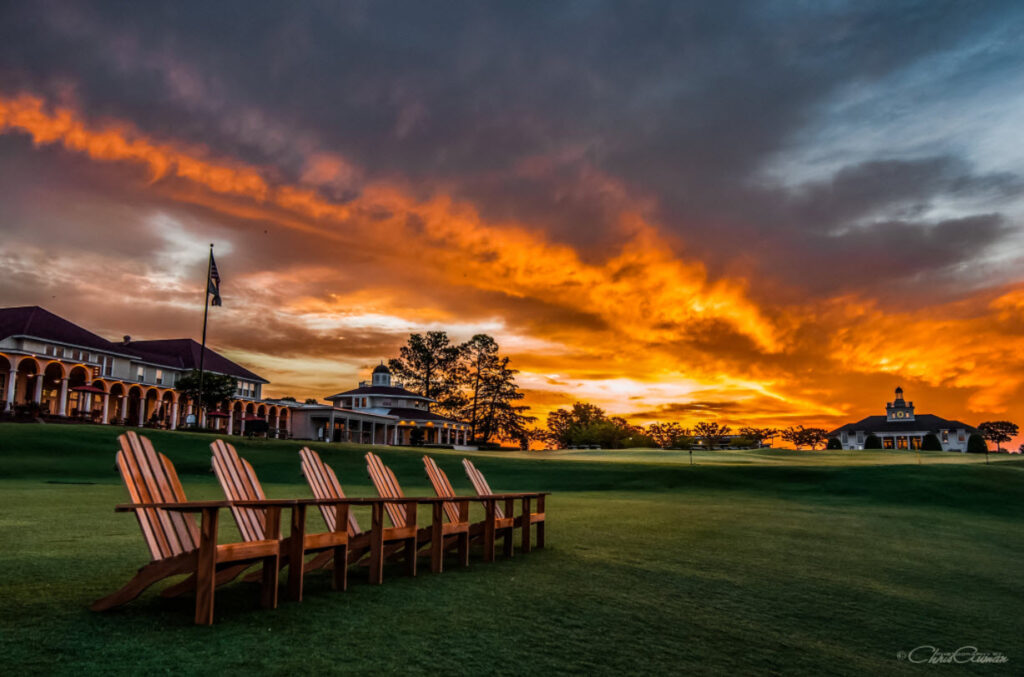
Lens of the Sandhills
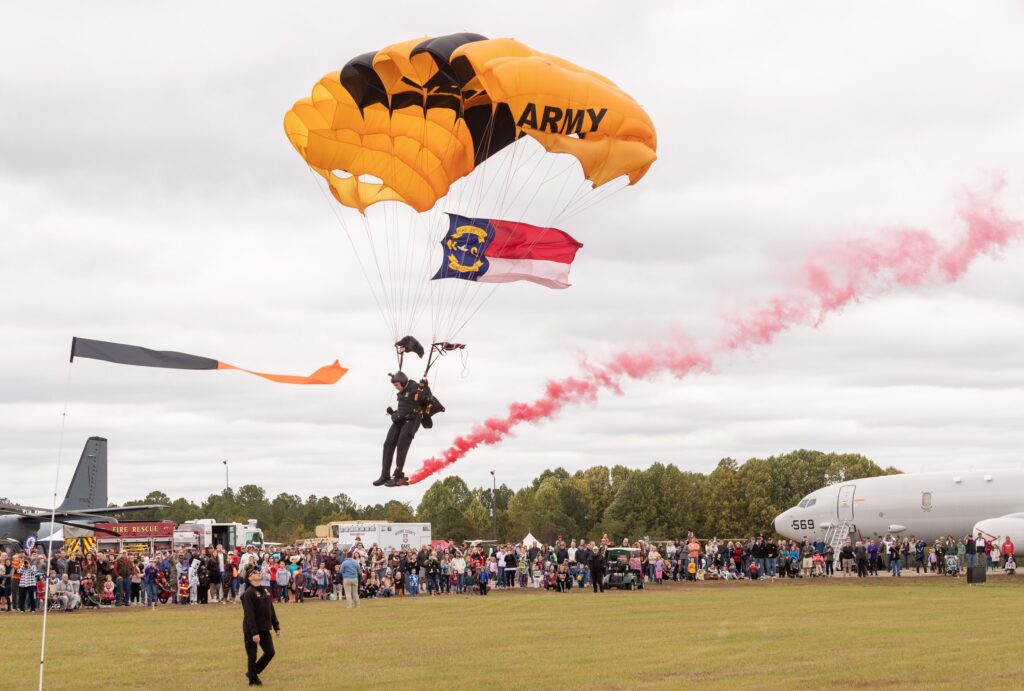
Festival D’avion Named as Signature Event
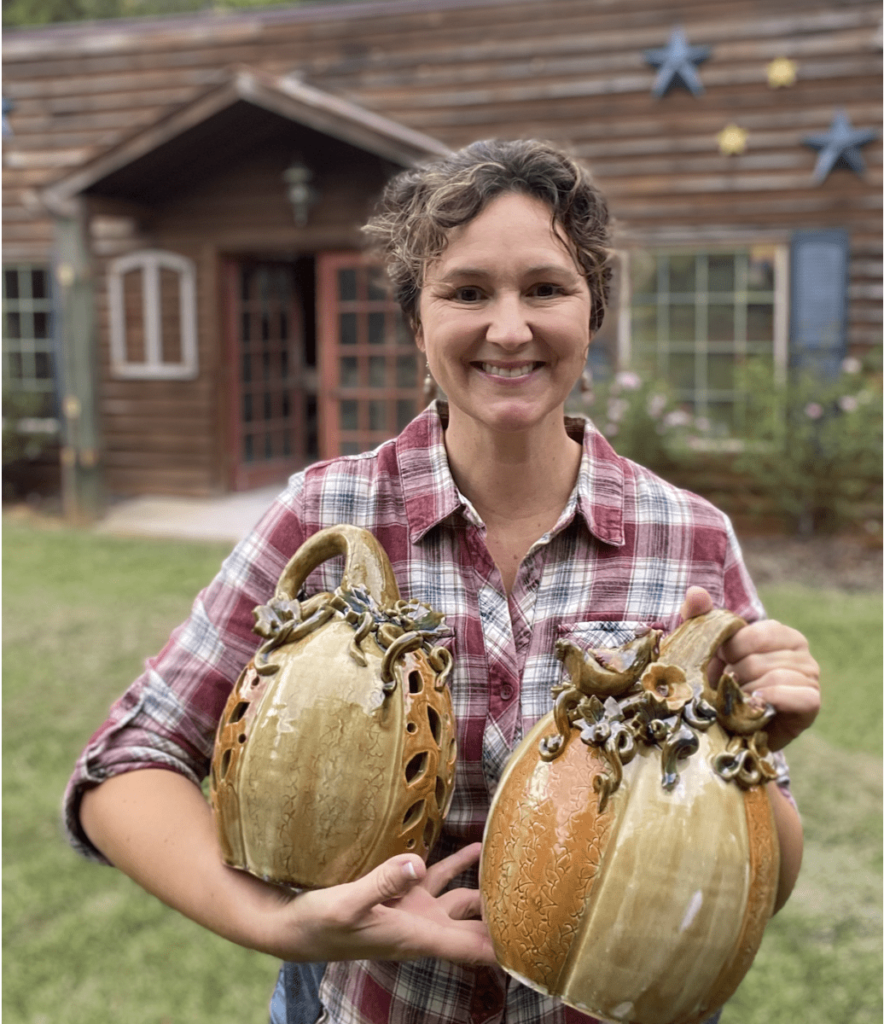
Celebrate American Craft Week

Act Two for Tot Hill Farm
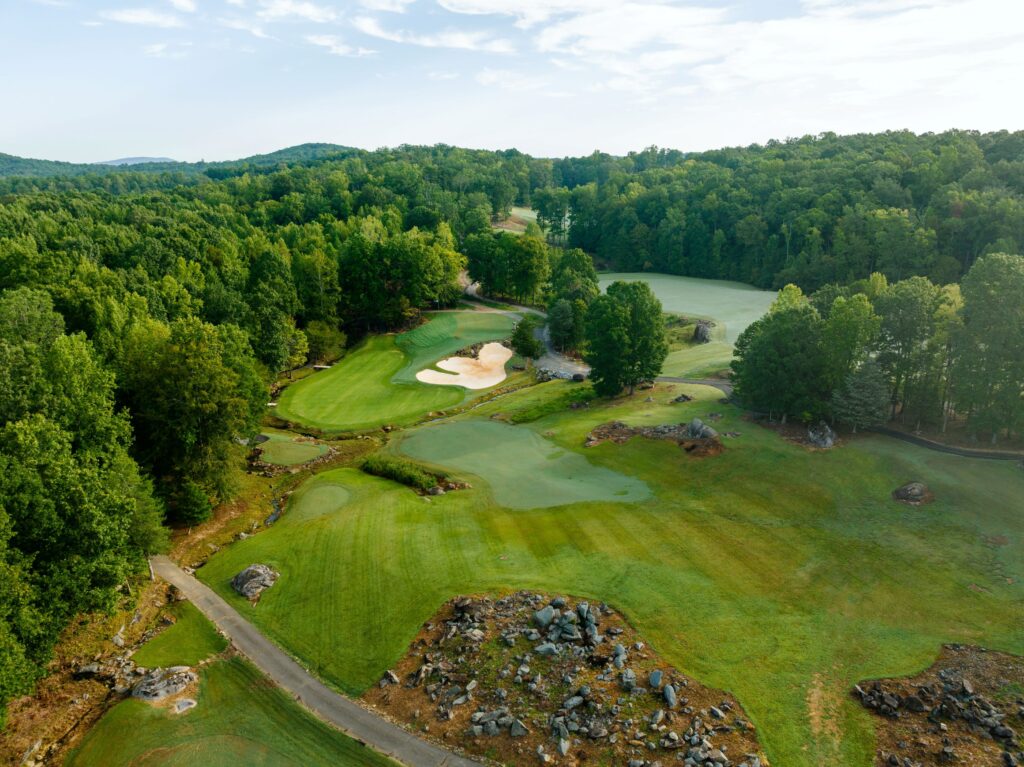
An Artist in the Dirt
Legends of the Pines

Breakfast Joints of the Sandhills

The Scottish Invasion

To Dornoch and Back
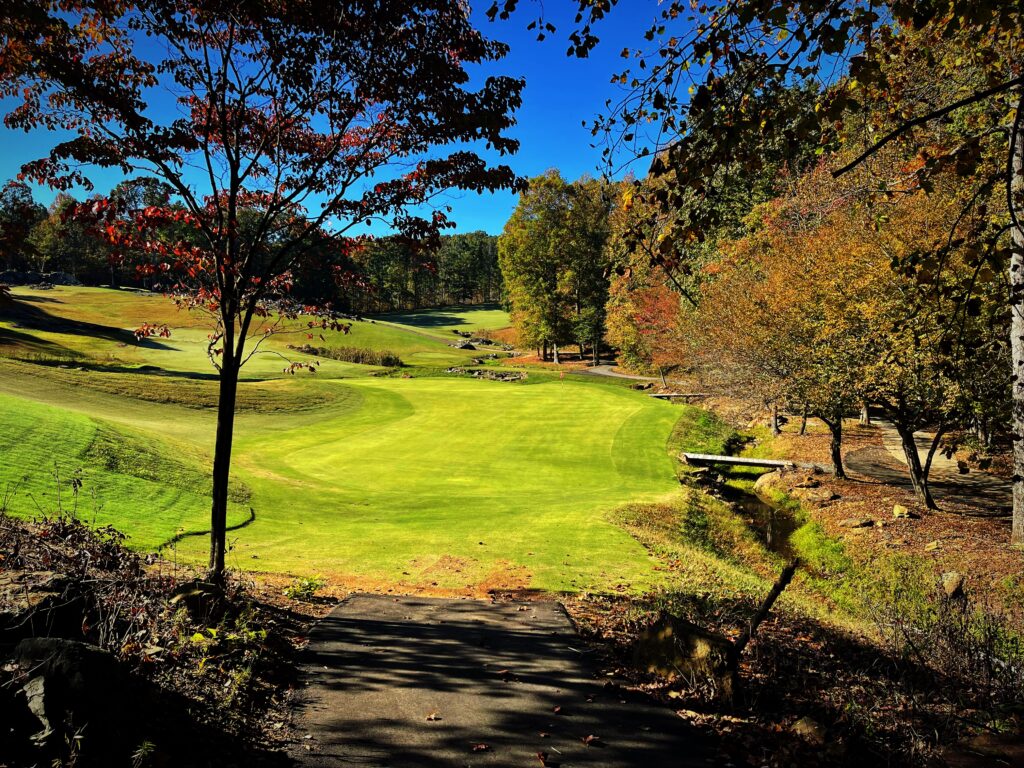
A “New” Pinehurst Welcomes the World in 2024
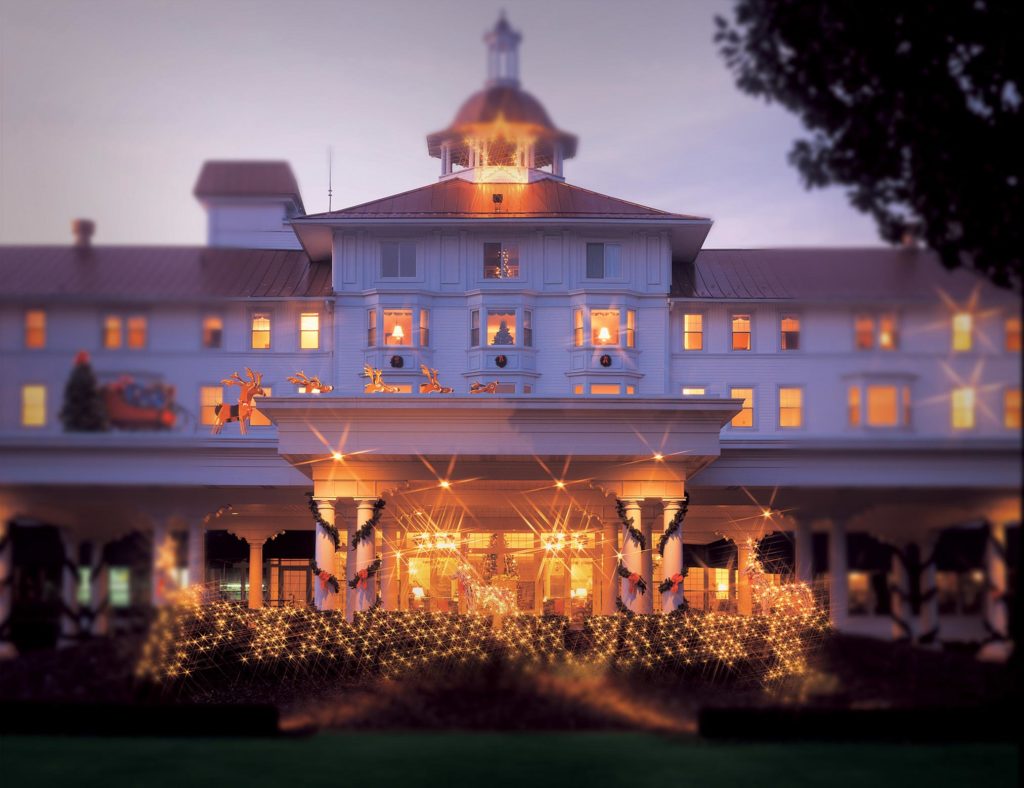
Pinehurst Holiday
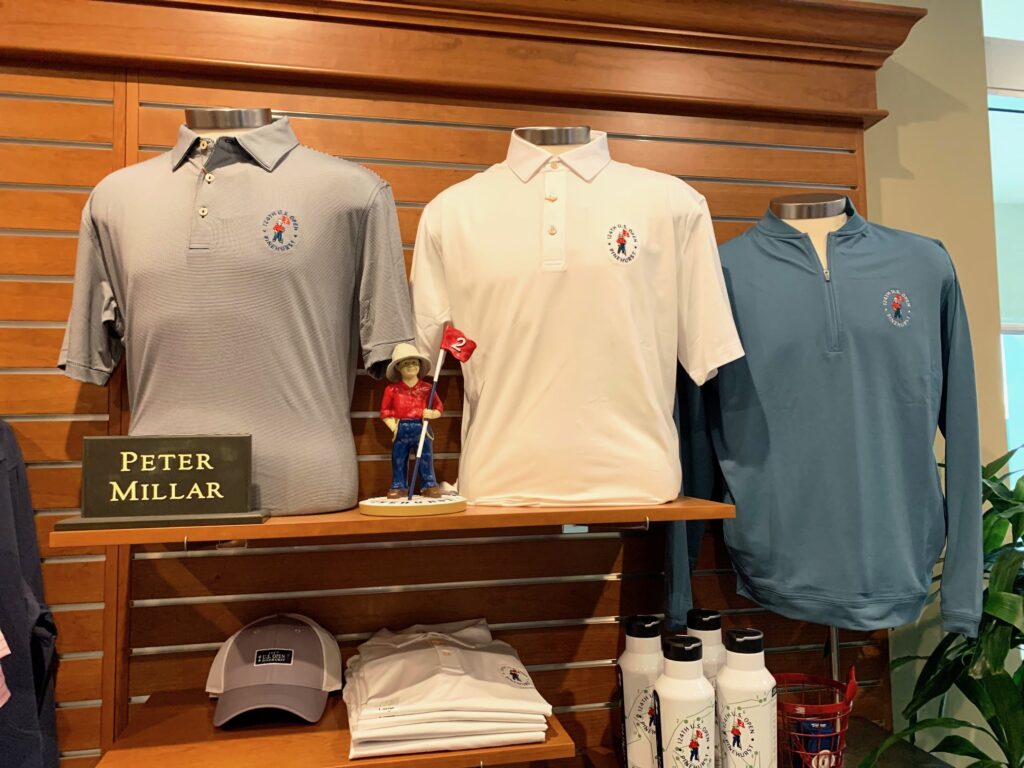
Golfers Gift Guide
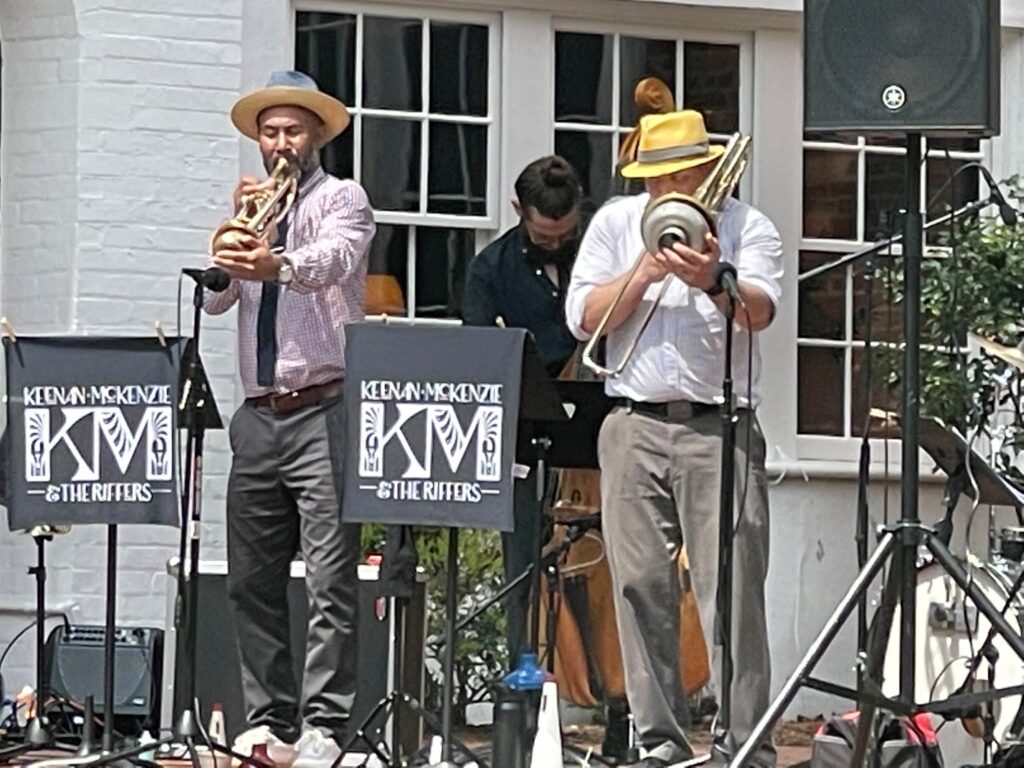
Sandhills Nightlife Scene

A U.S. Open Year
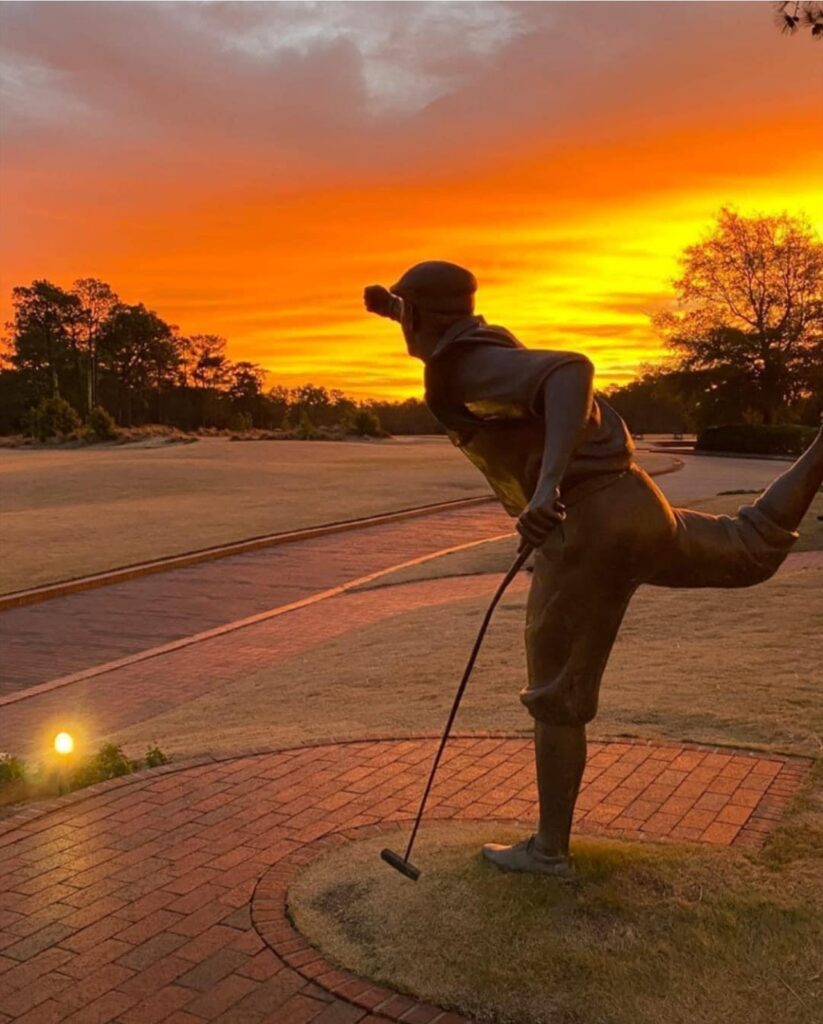
Payne at 25

Where to Antique in Cameron and Carthage

Girls’ Weekend in Moore County
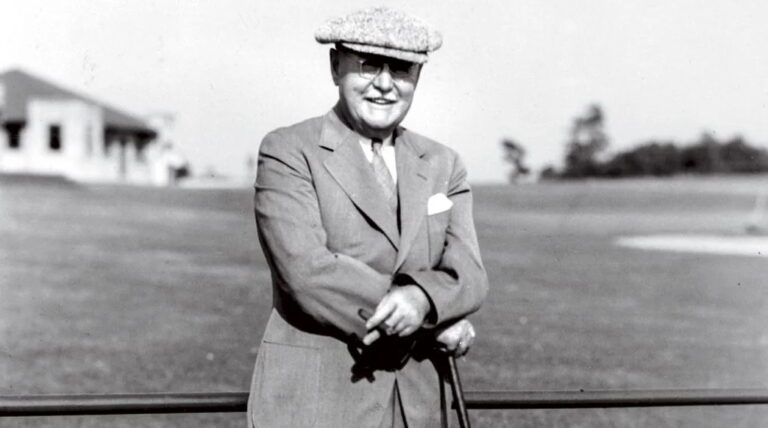
Sandhills Hall of Fame
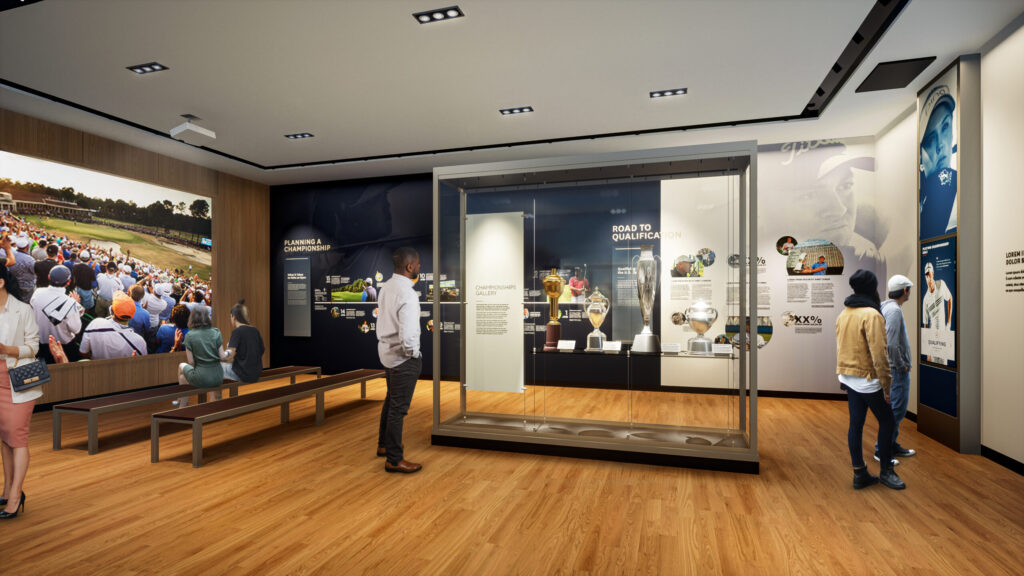
Hall of Fame Take Two
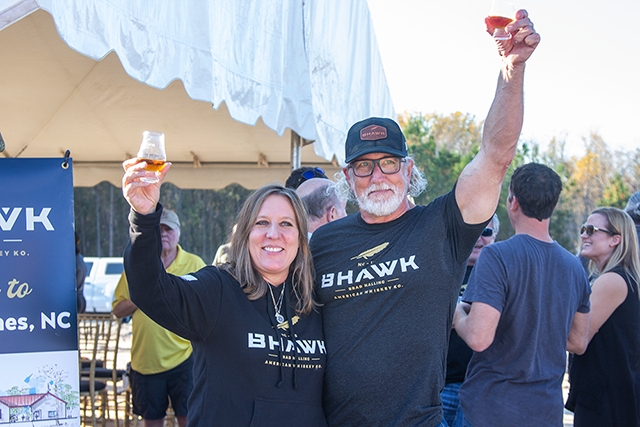
BHAWK Distillery Toasts Military Spirit
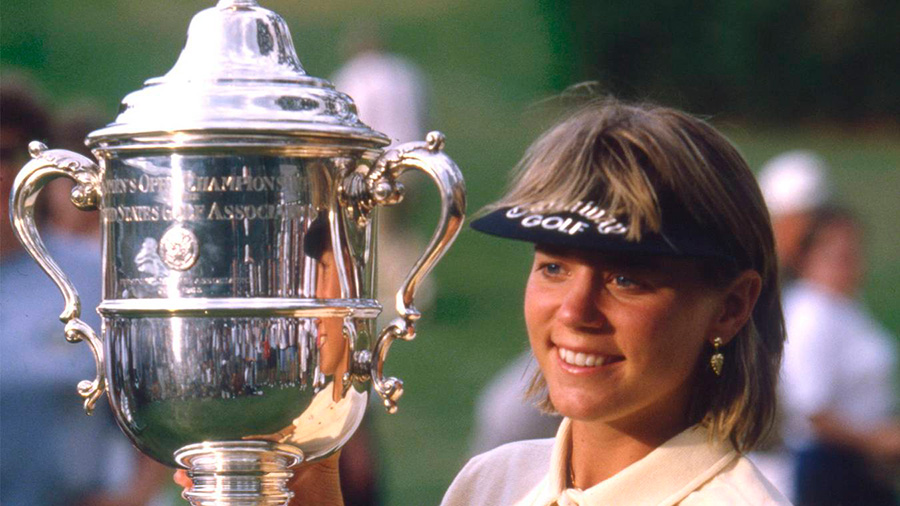
A Dozen Master Strokes
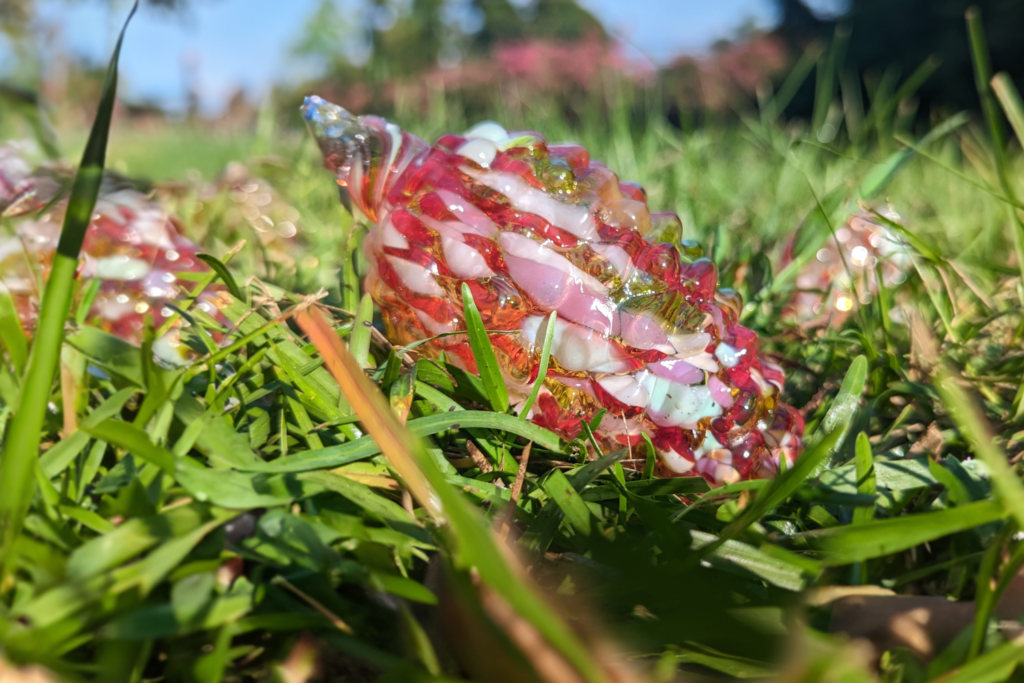
Popular Pinecone Pathways Returns for Spring 2024
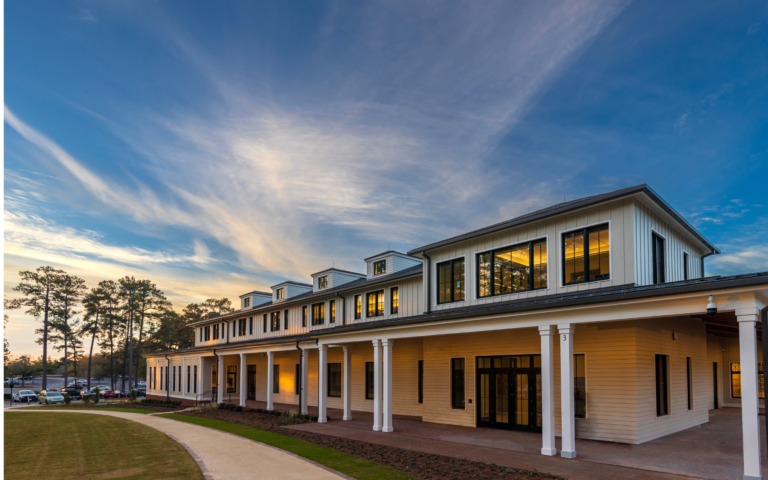
The Dynamic Decade
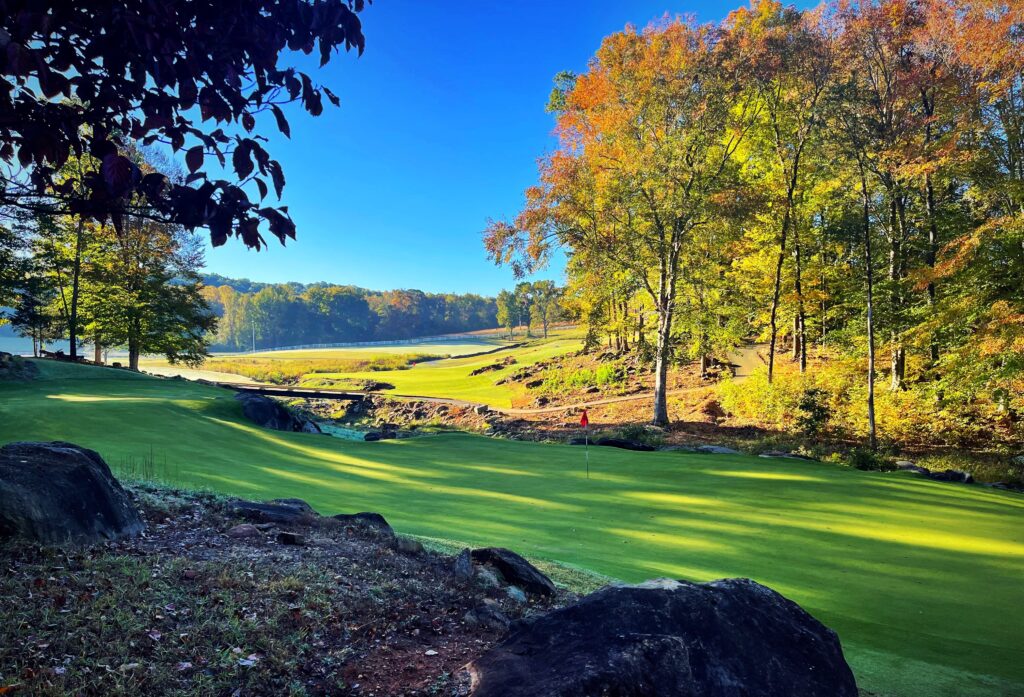
Sandhills Pours Double Dose
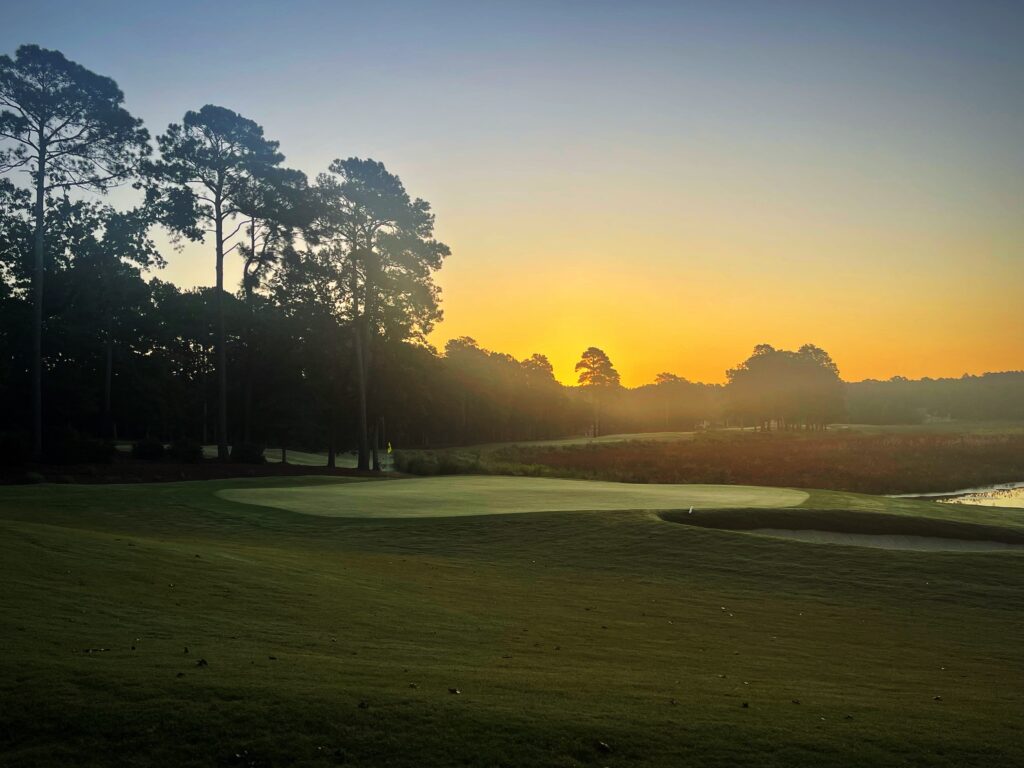
Rebirth at Woodlake
Pints in the Pines: A Guide to the Breweries of the Sandhills

